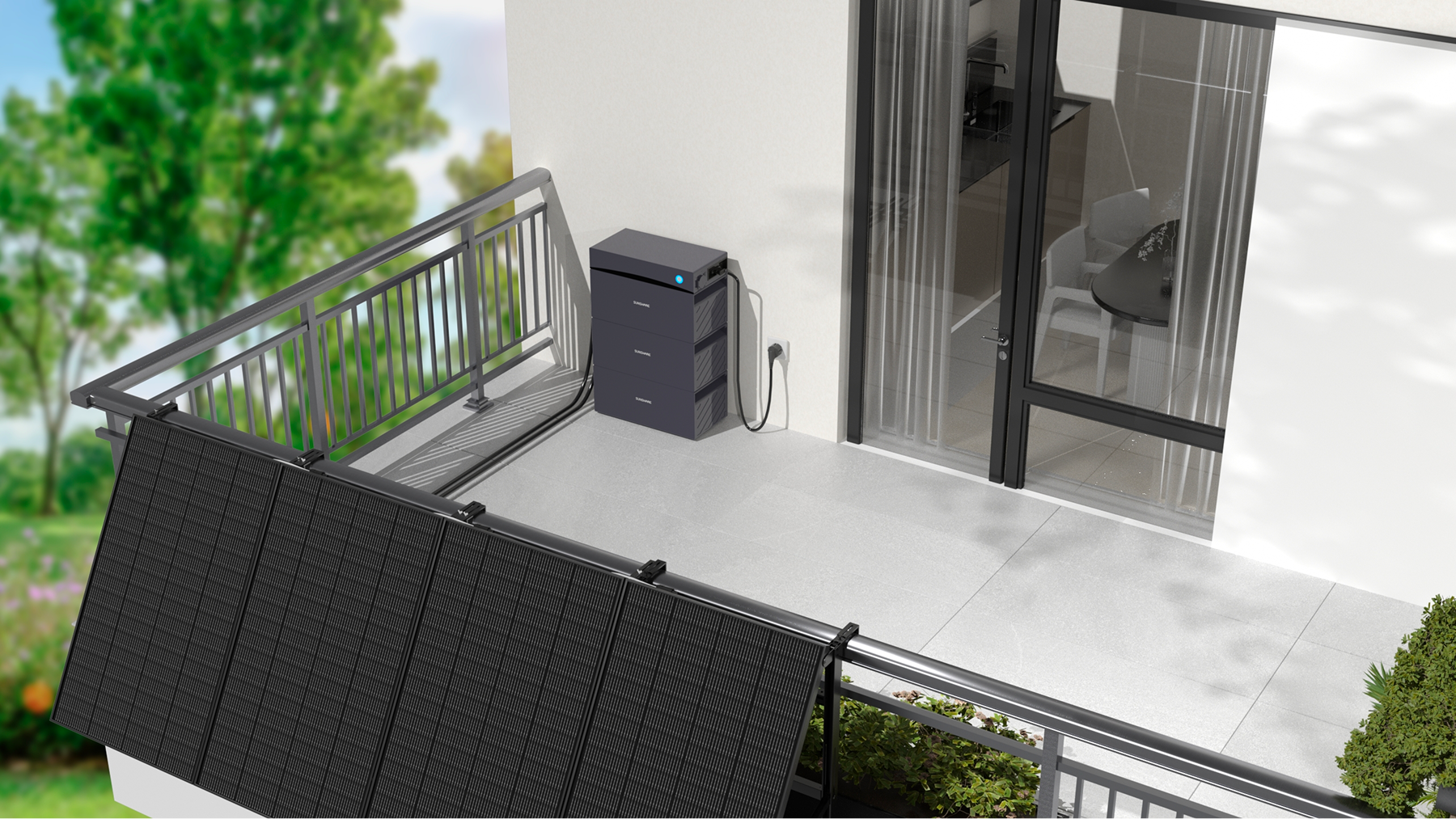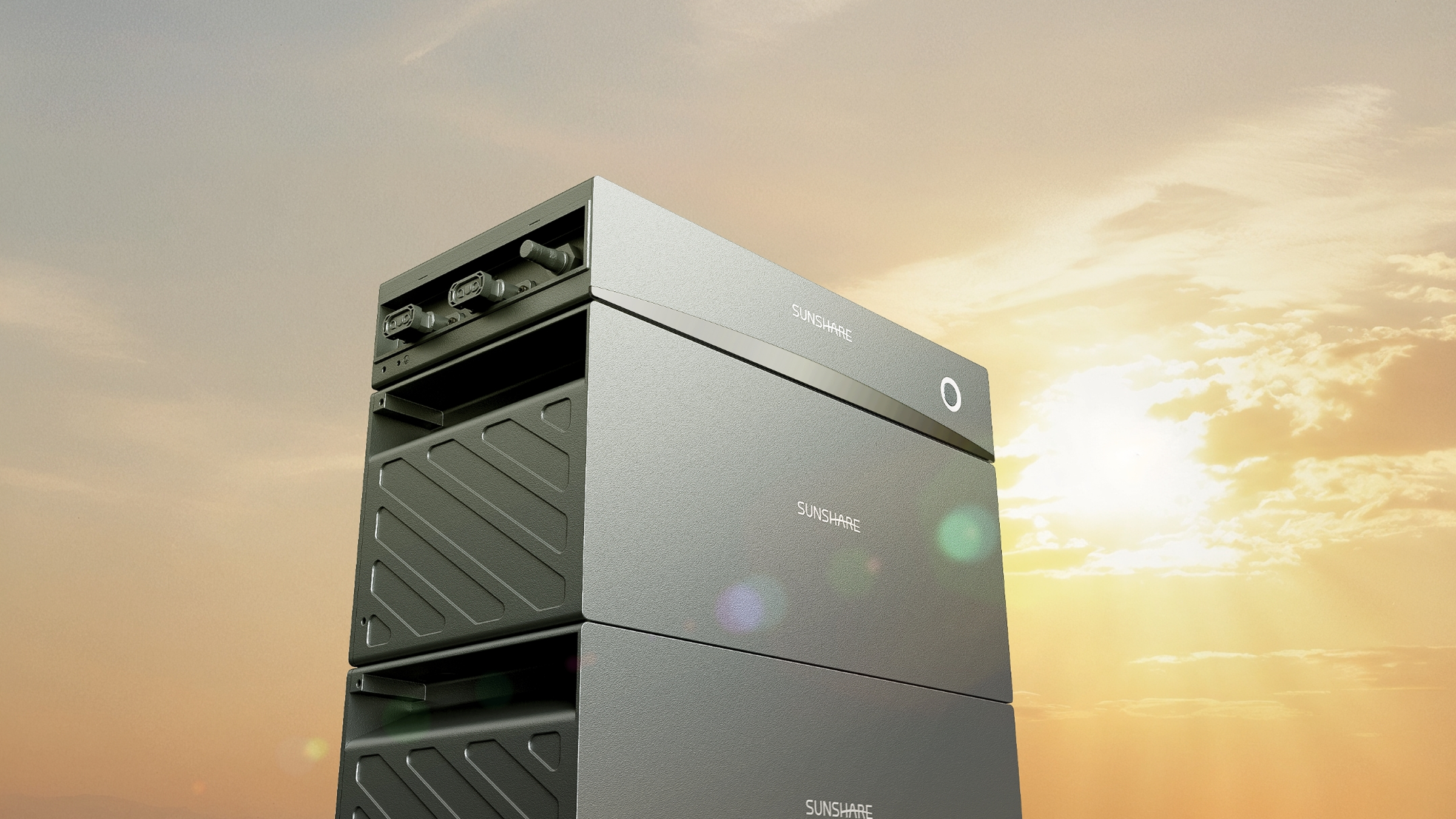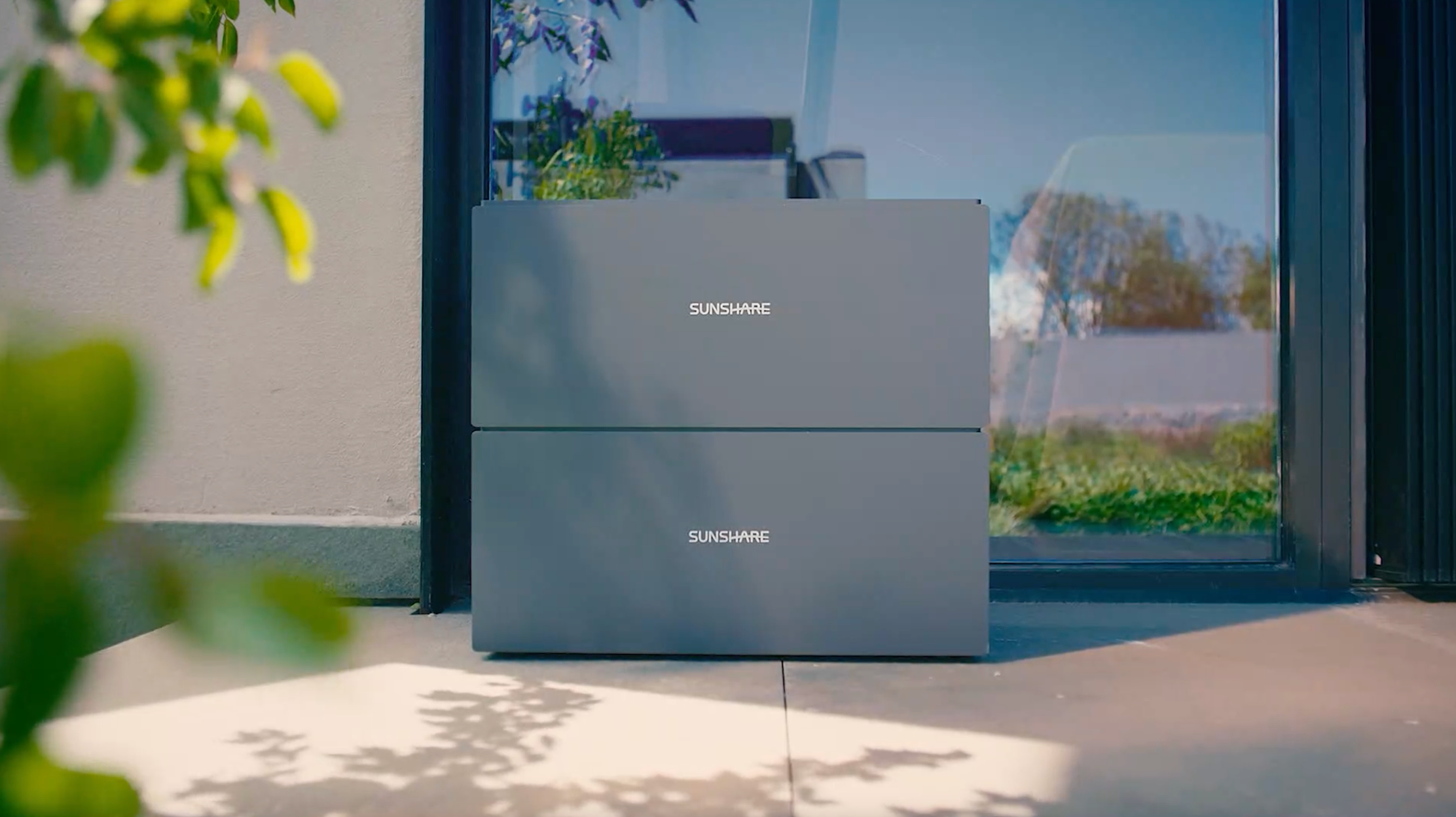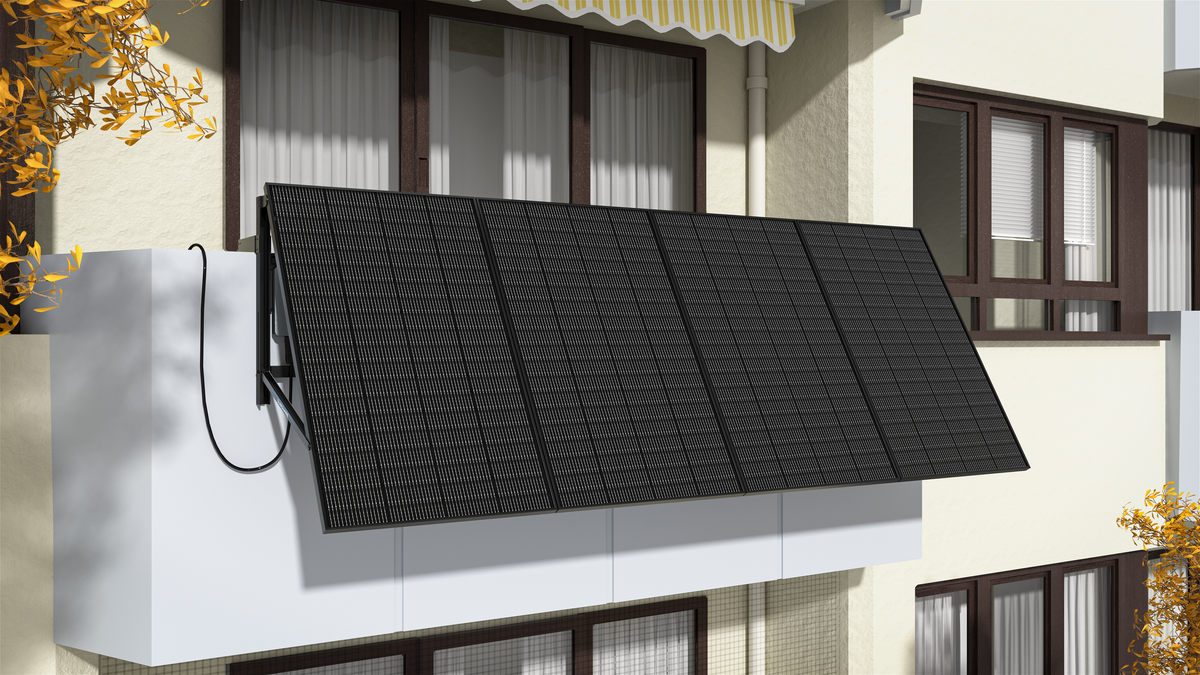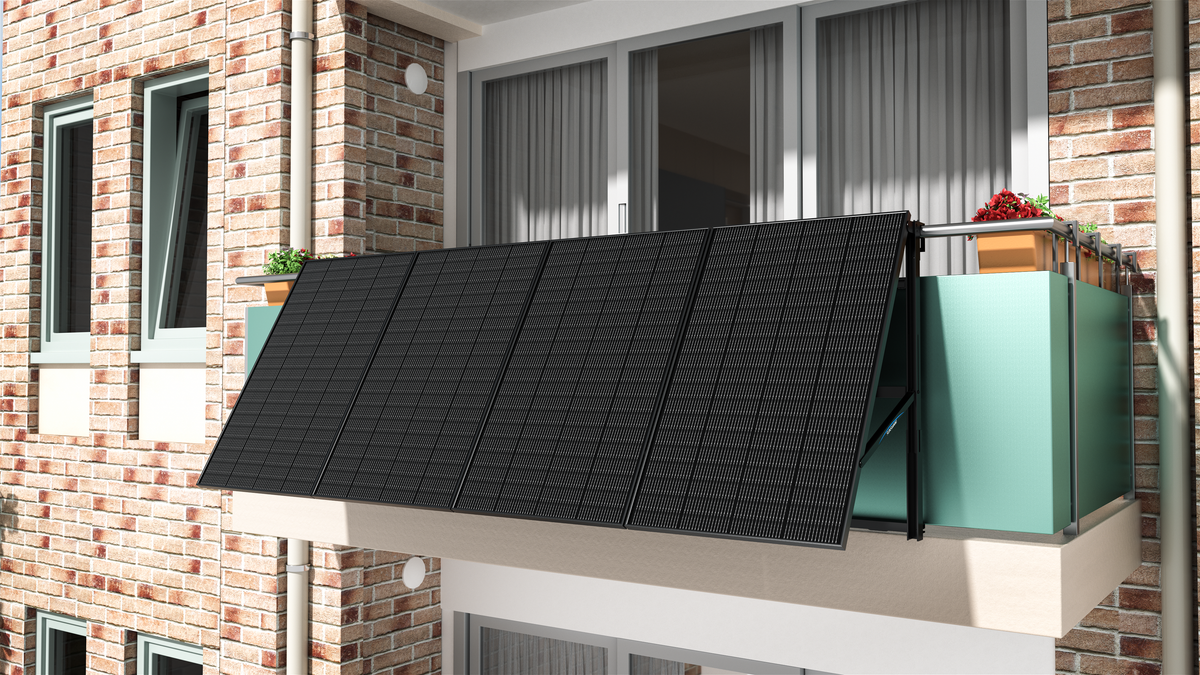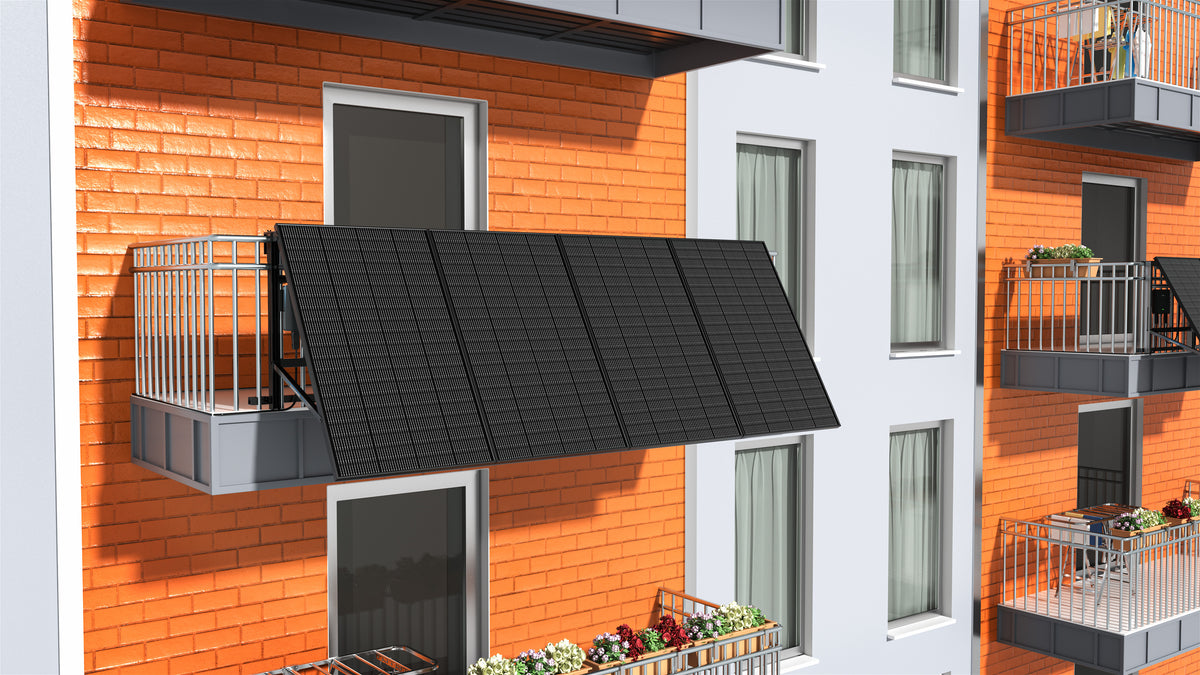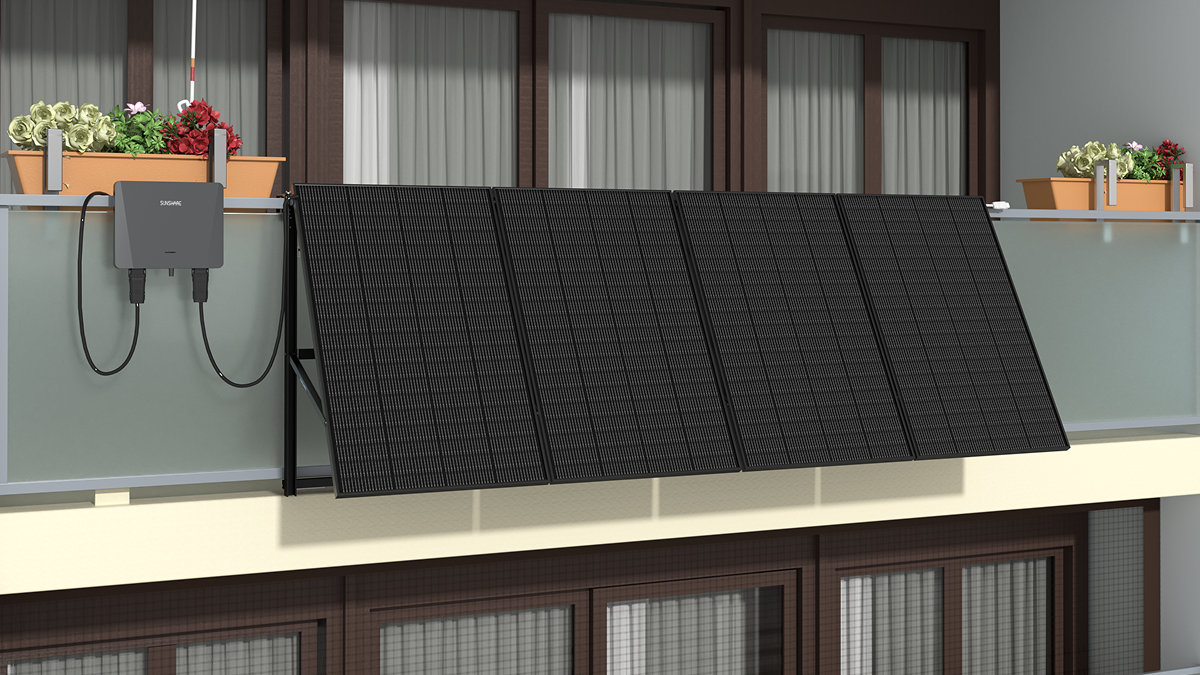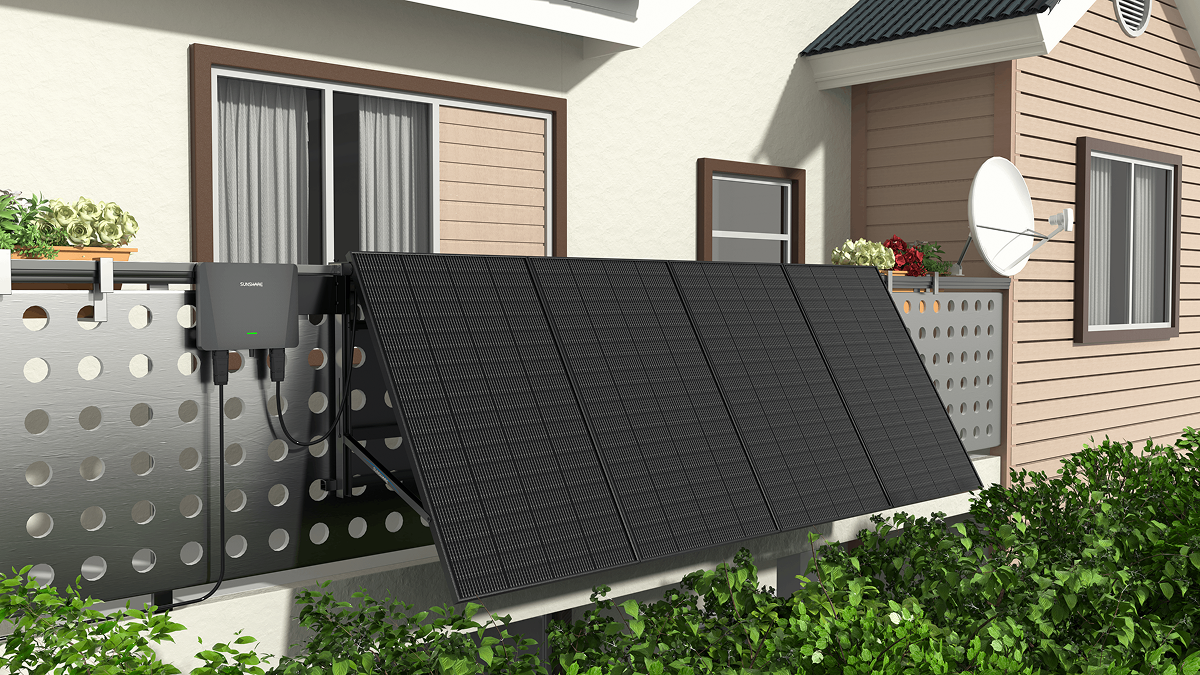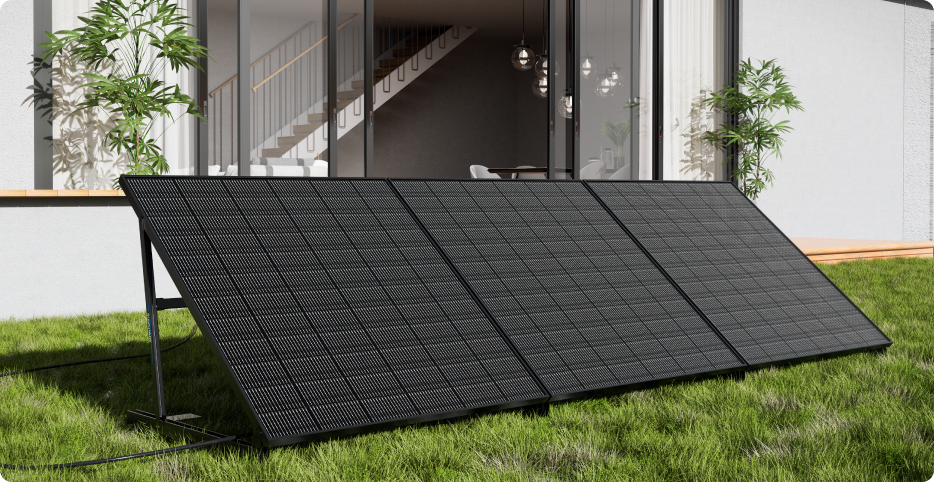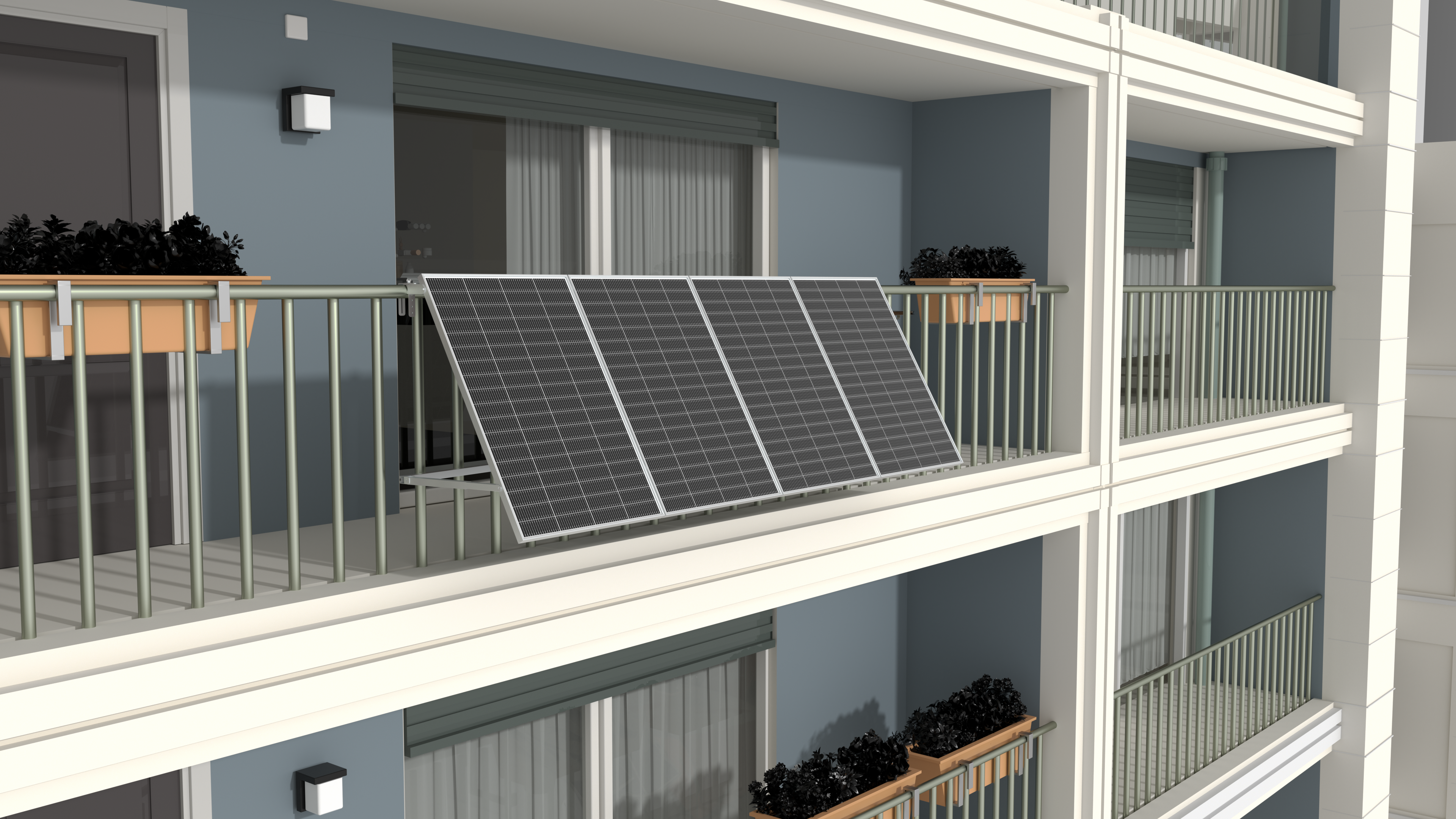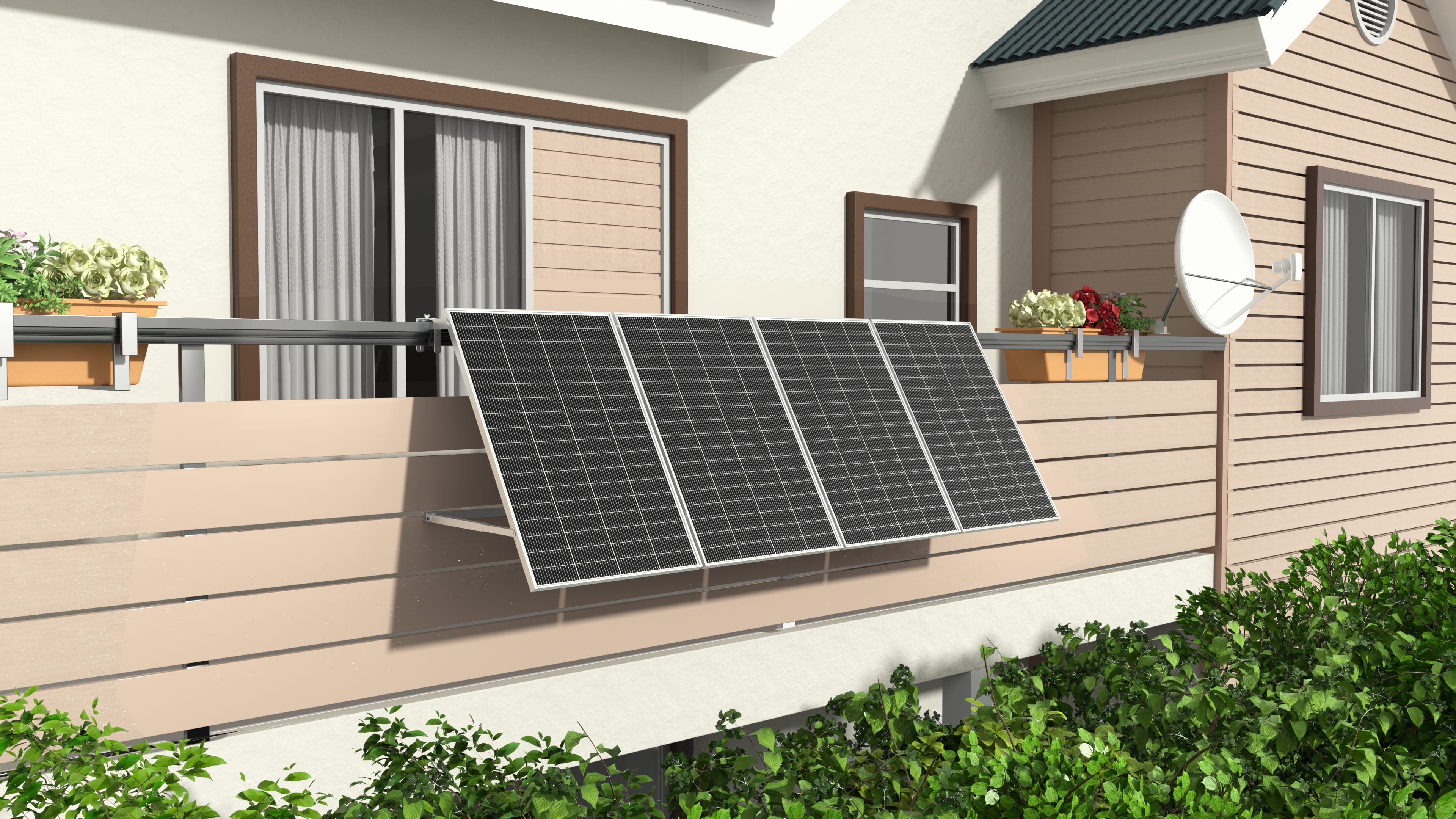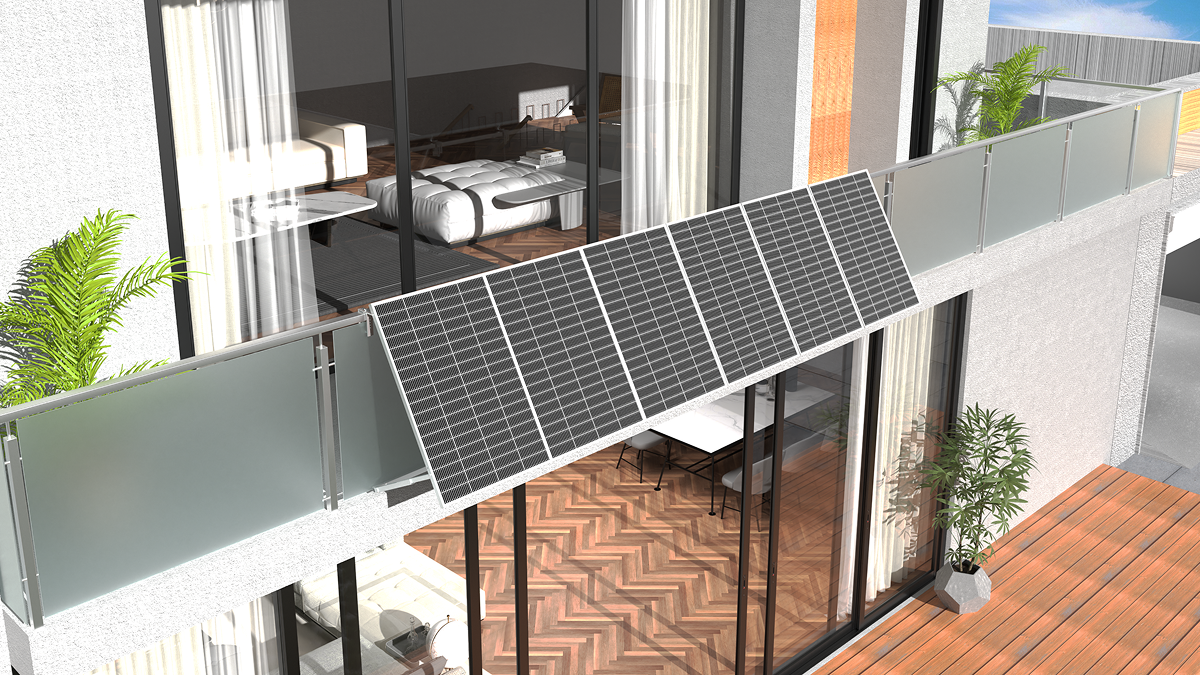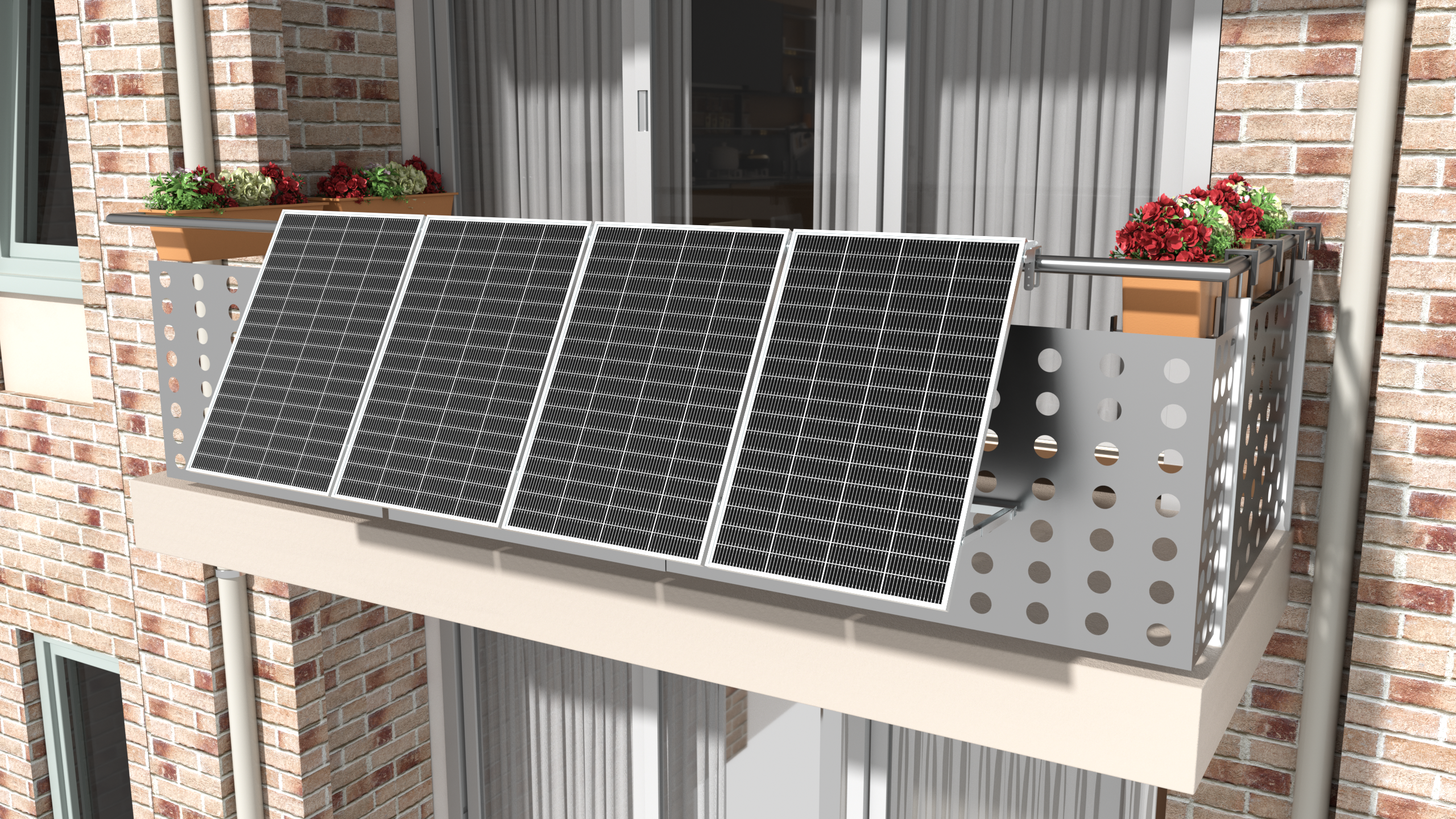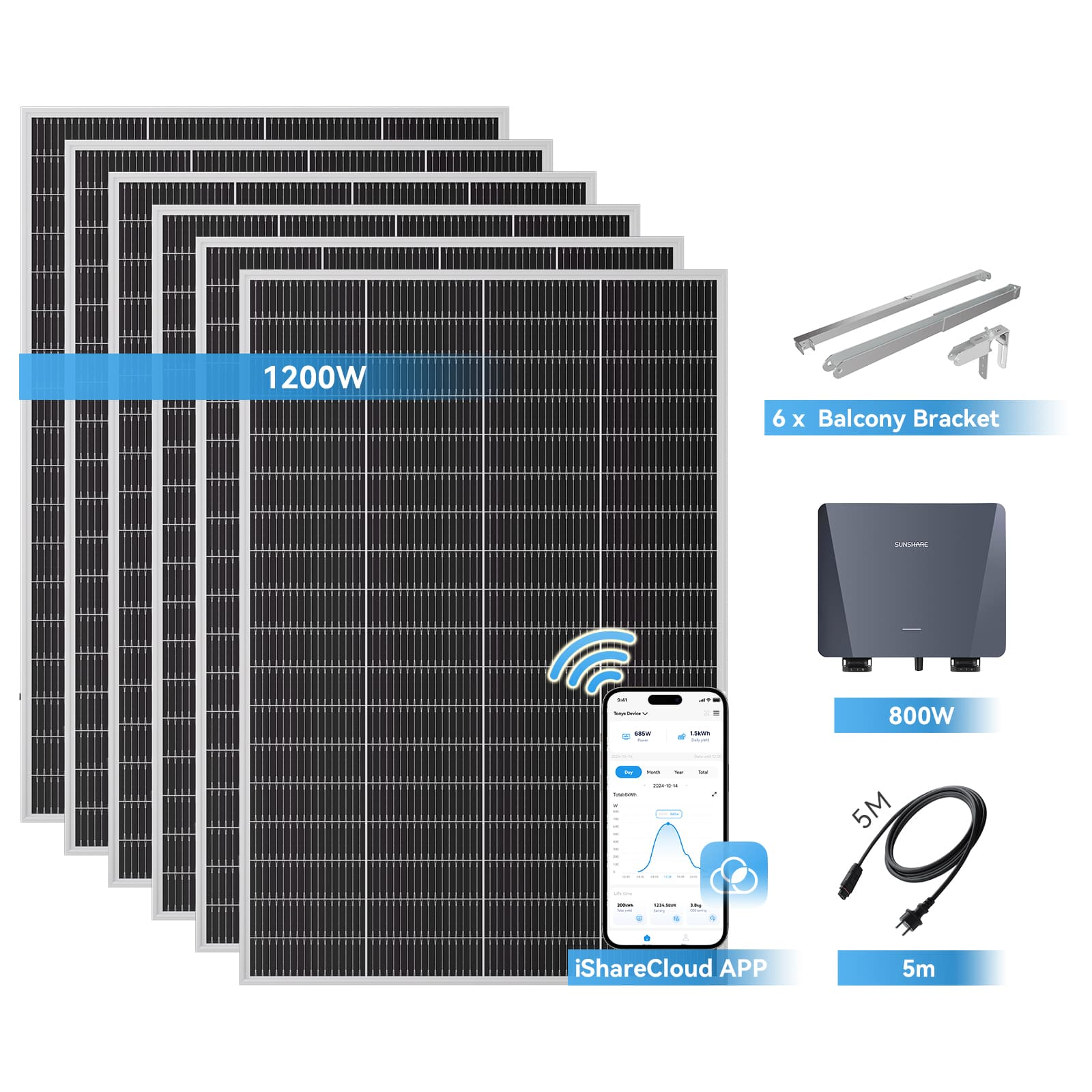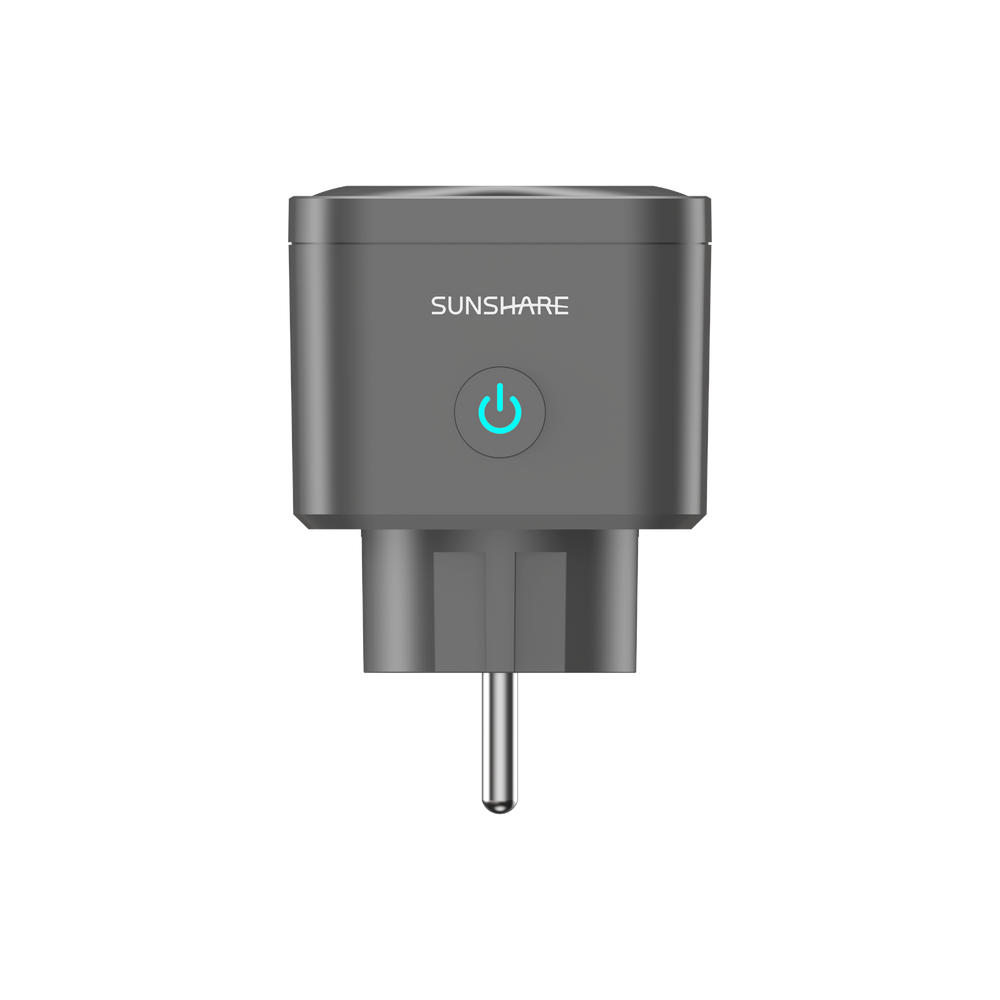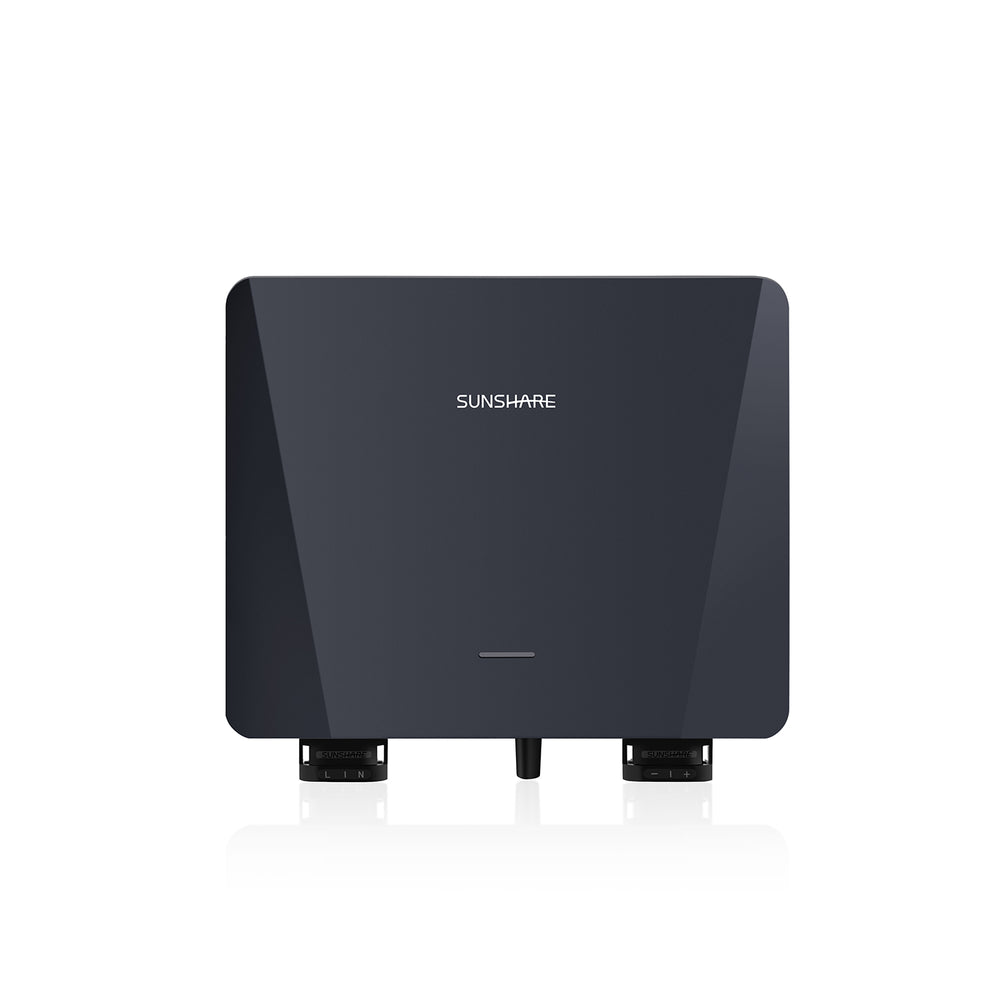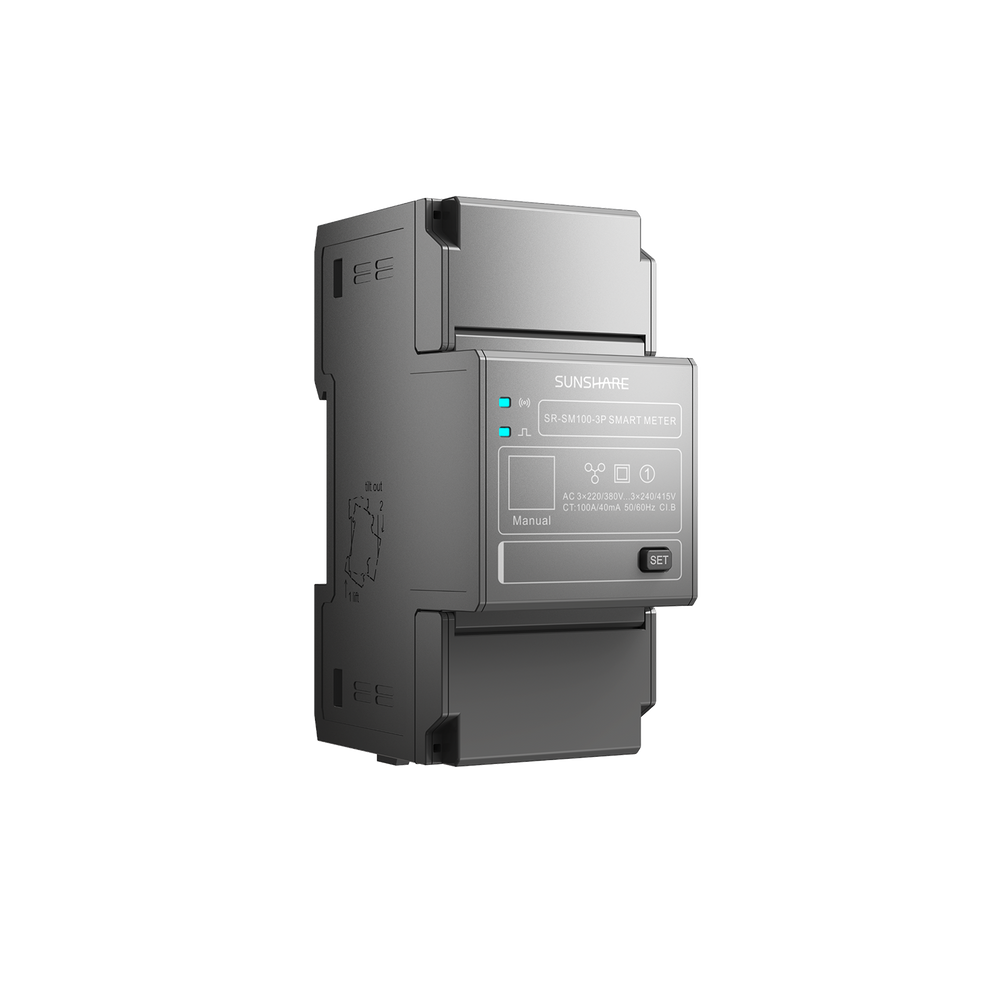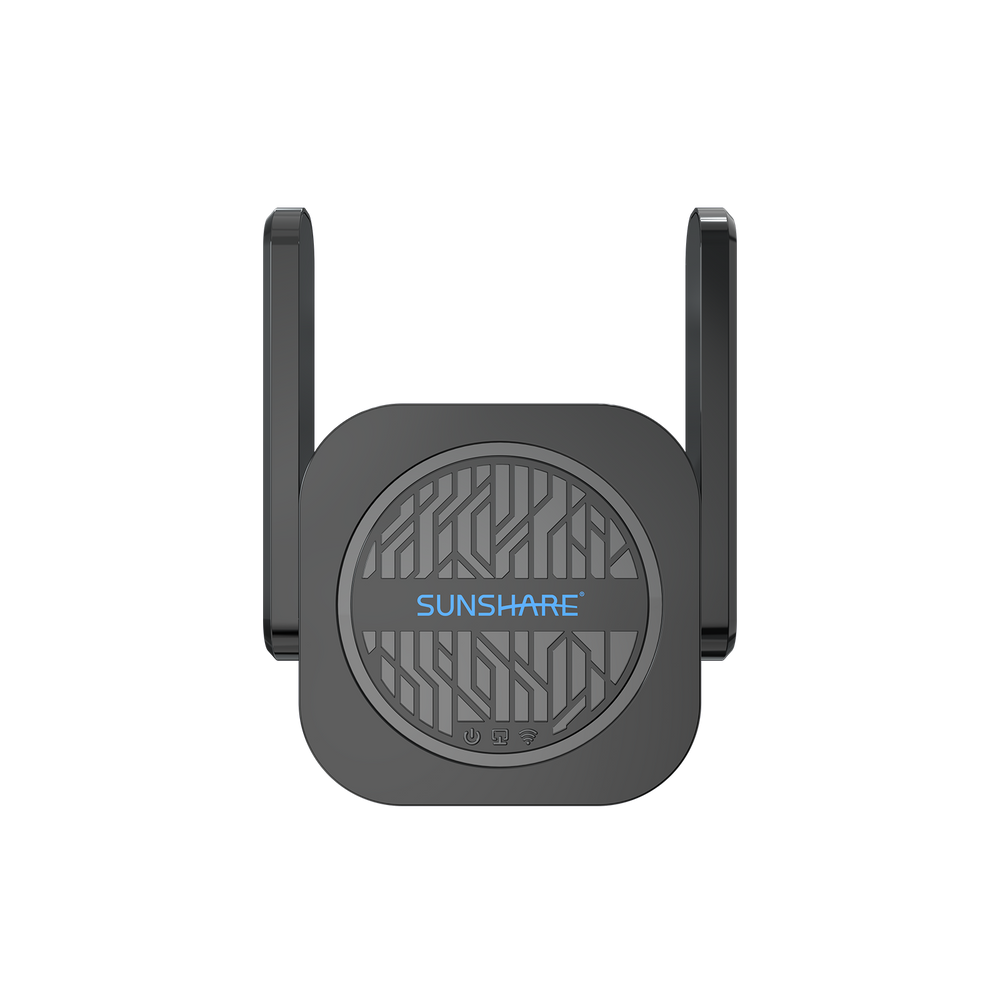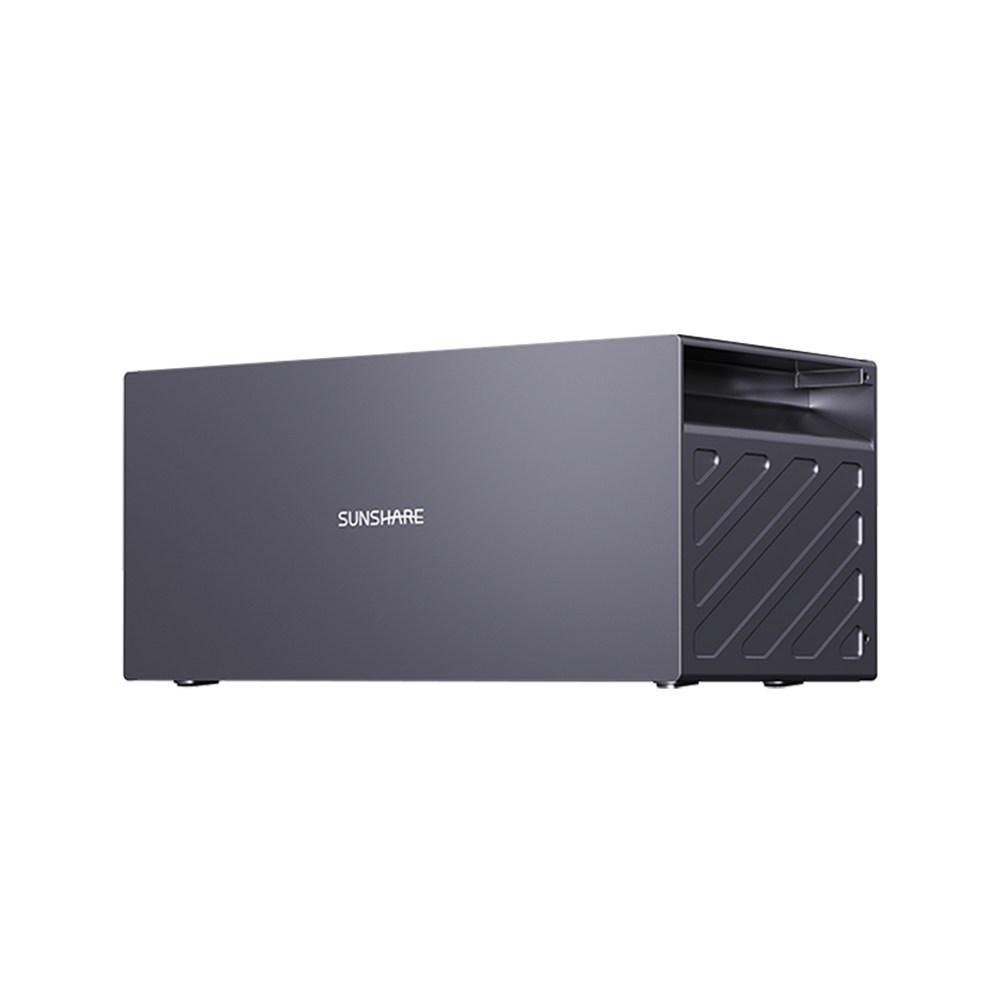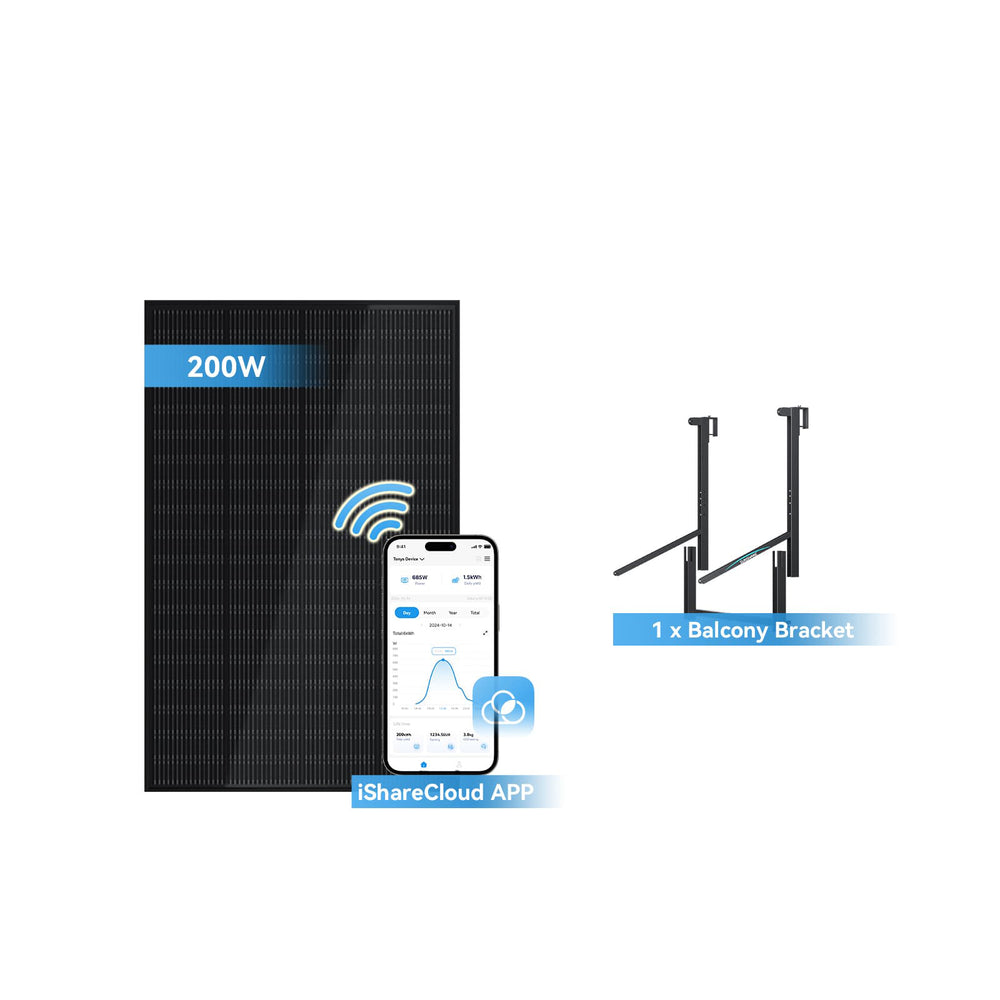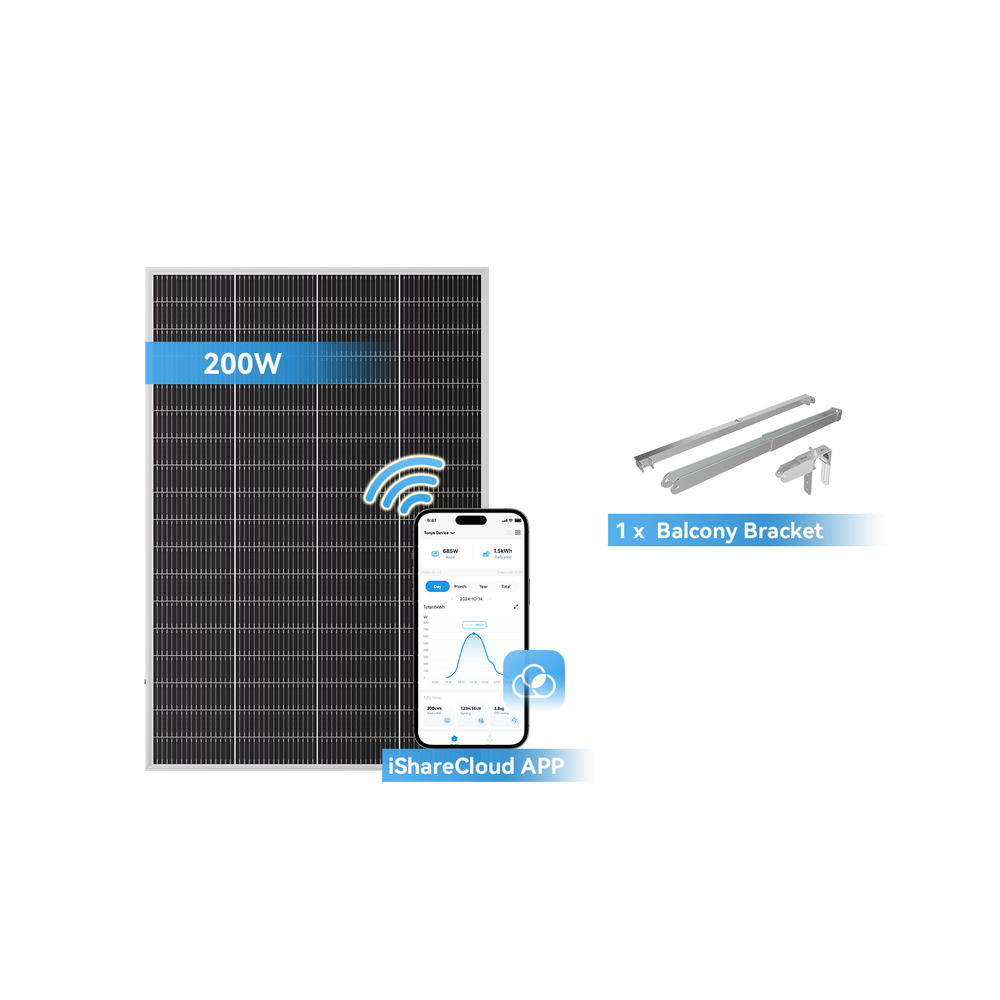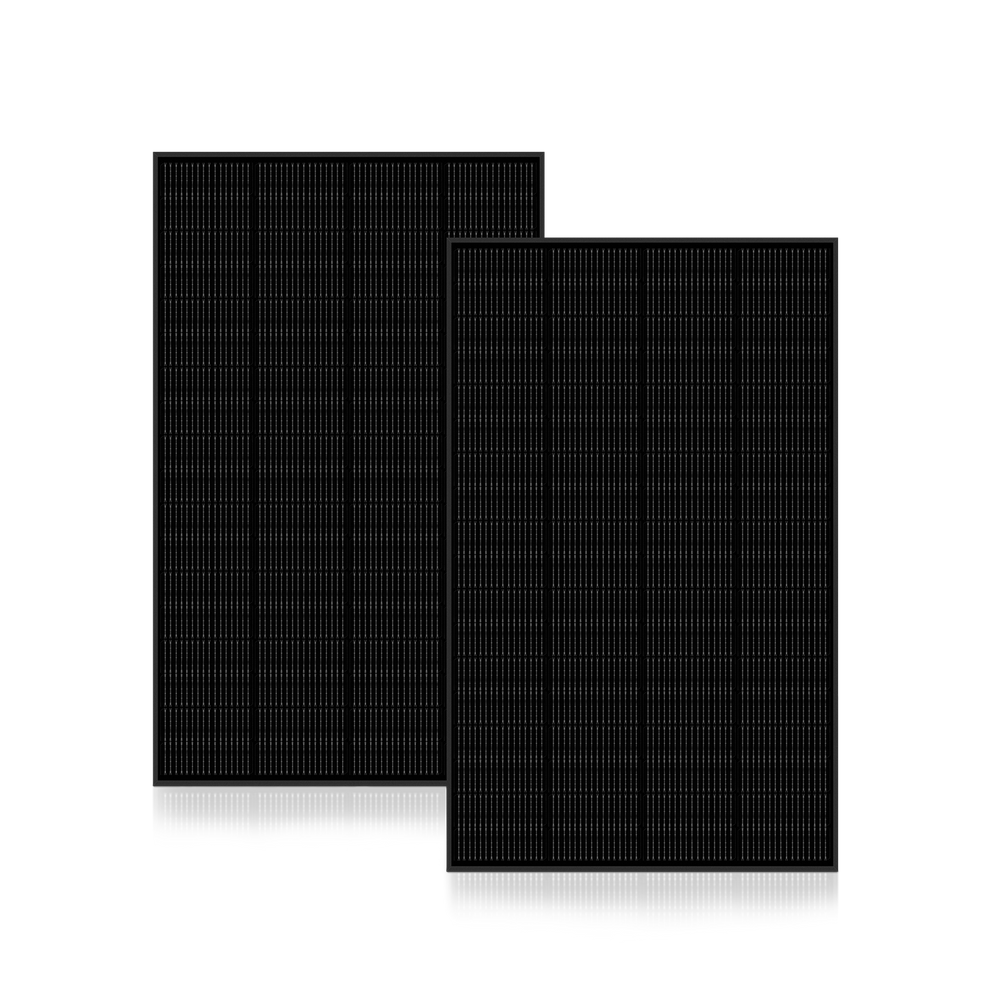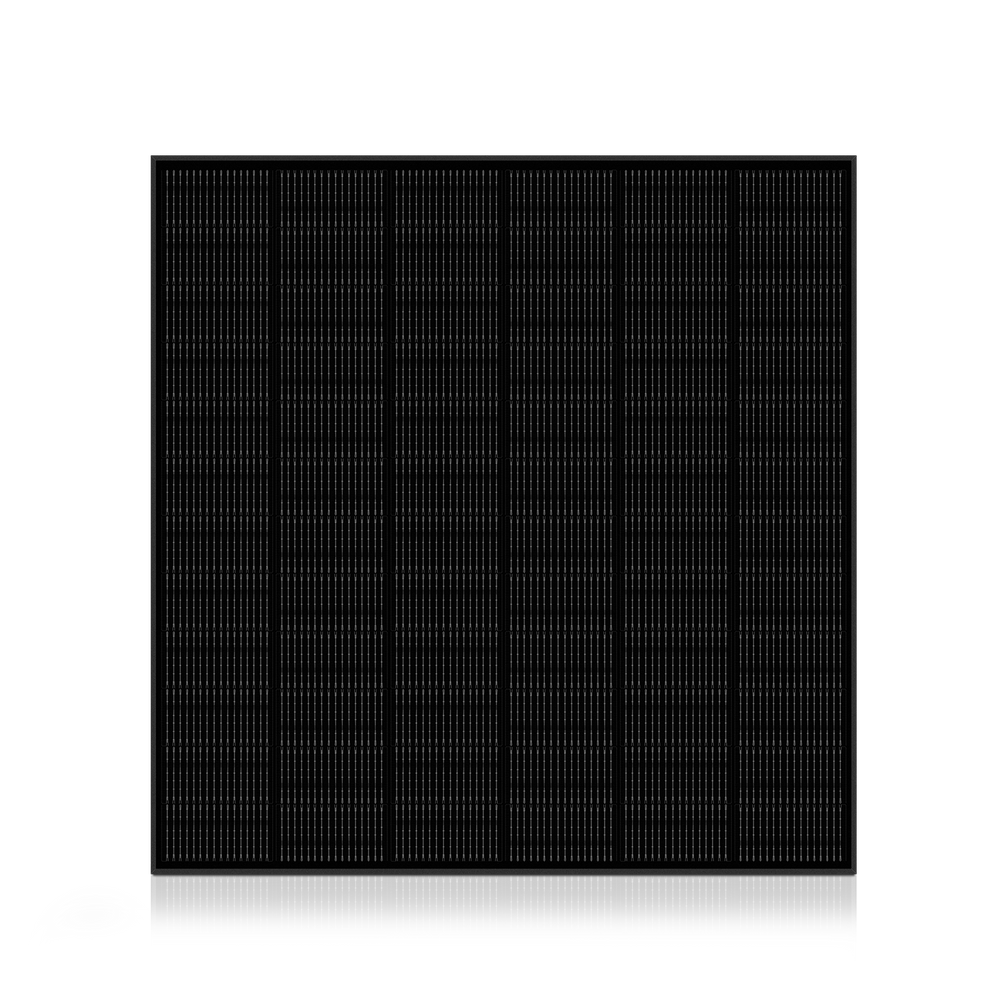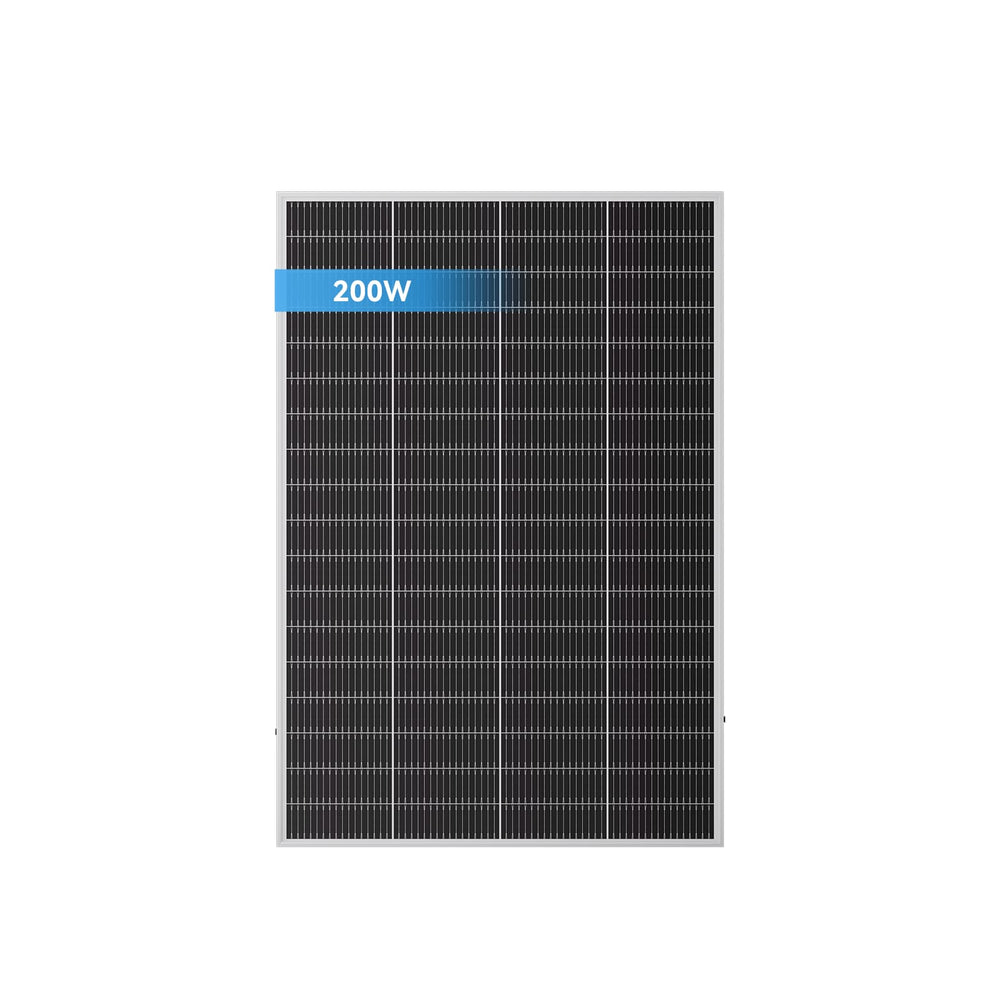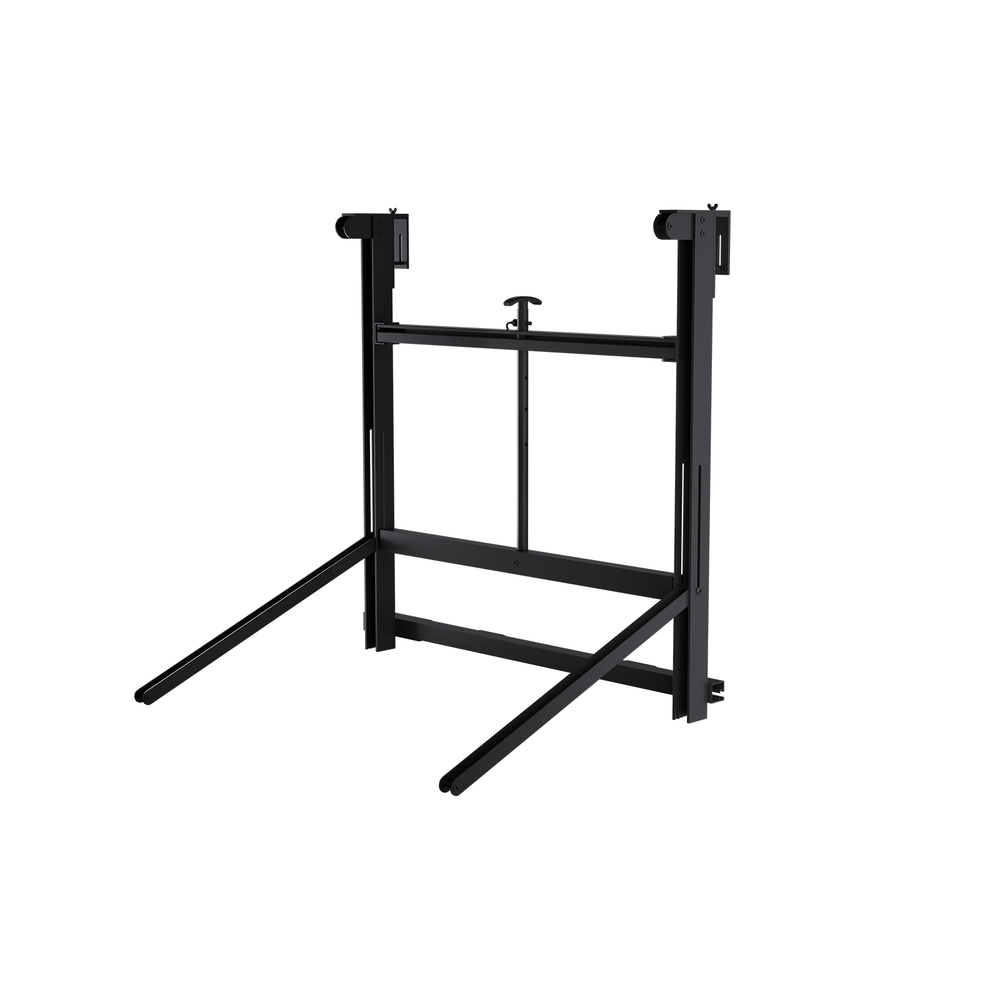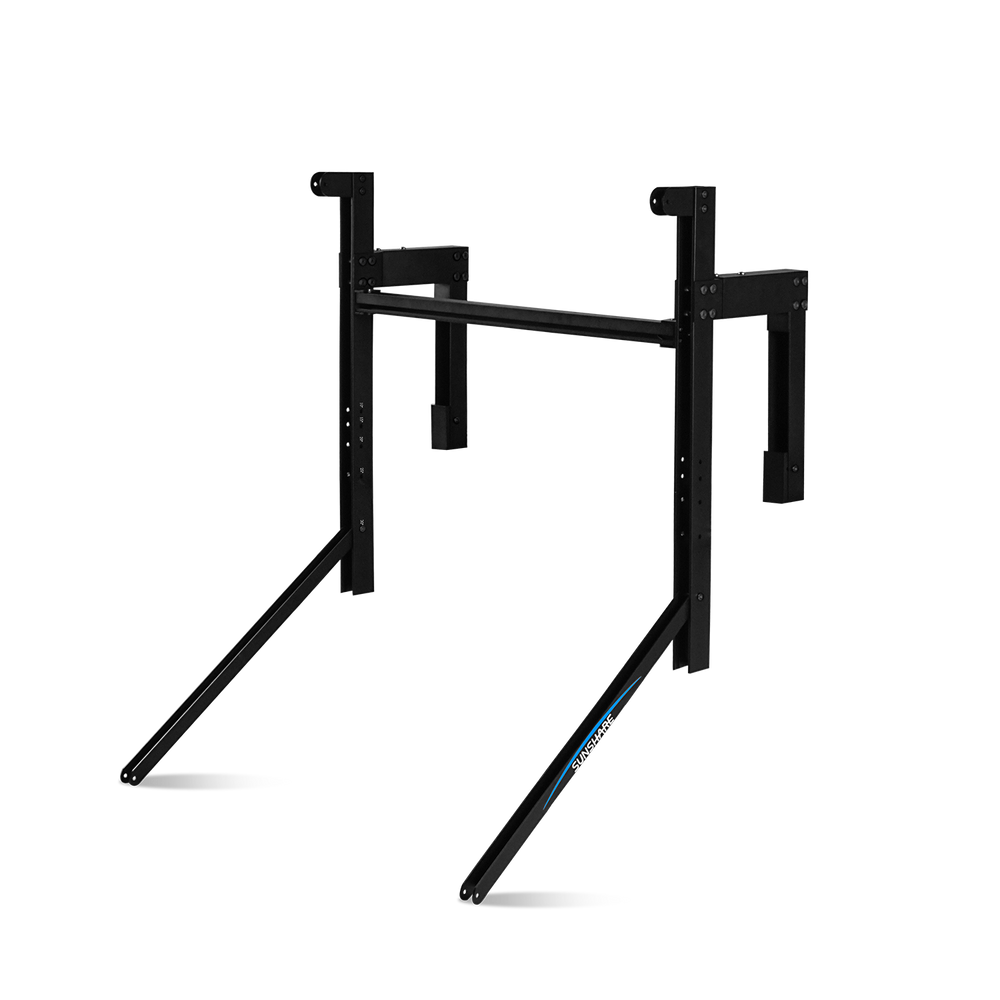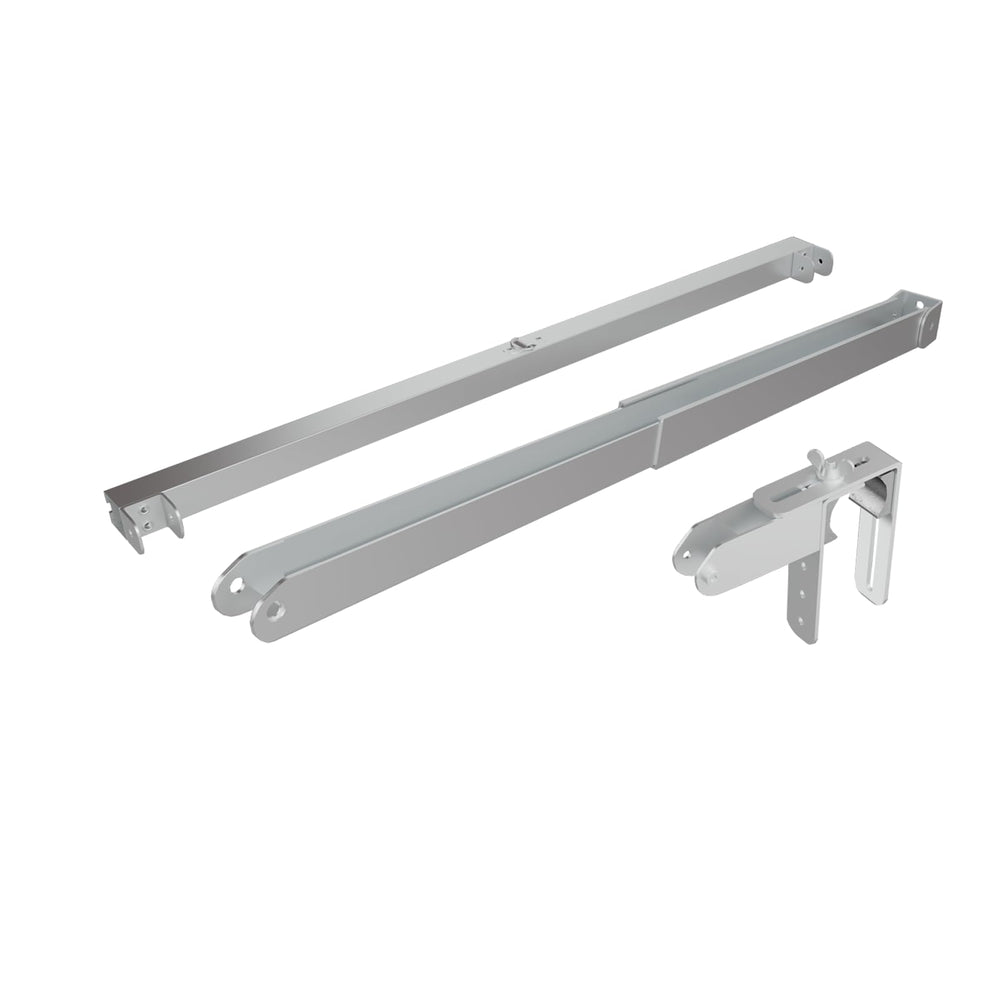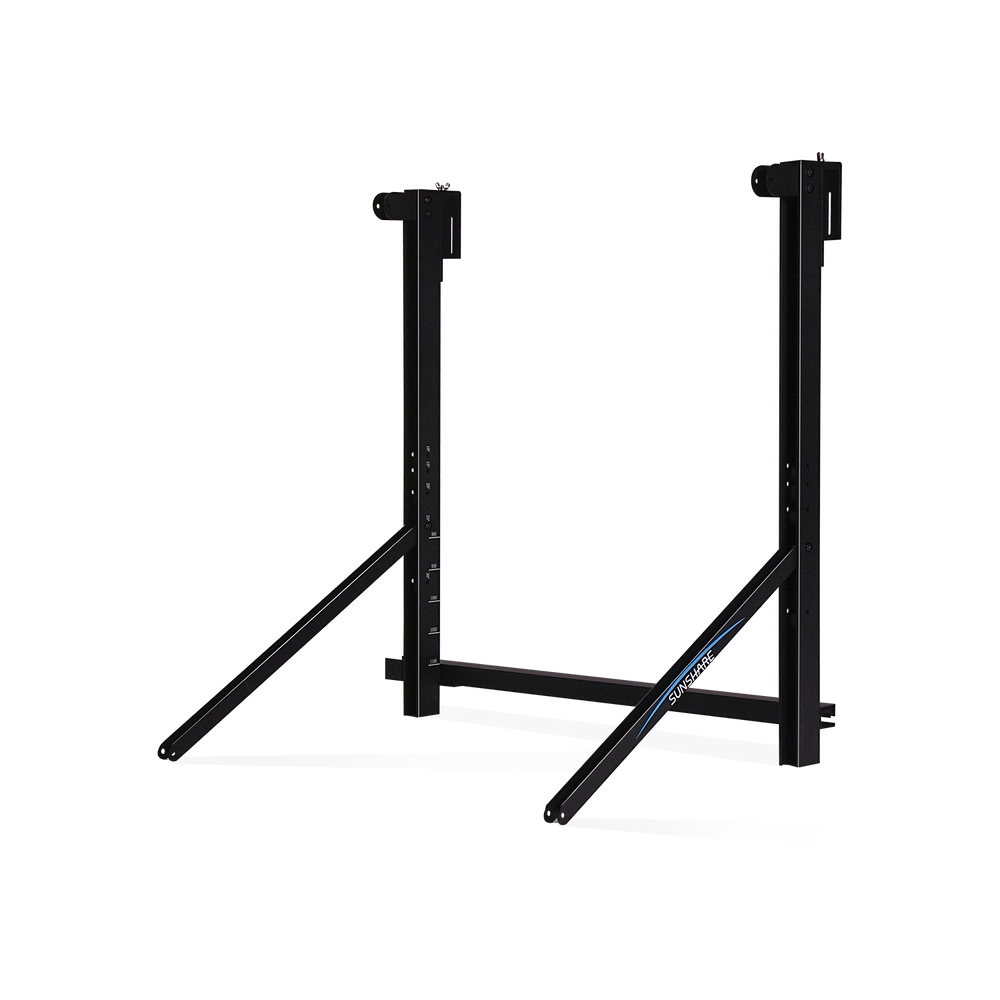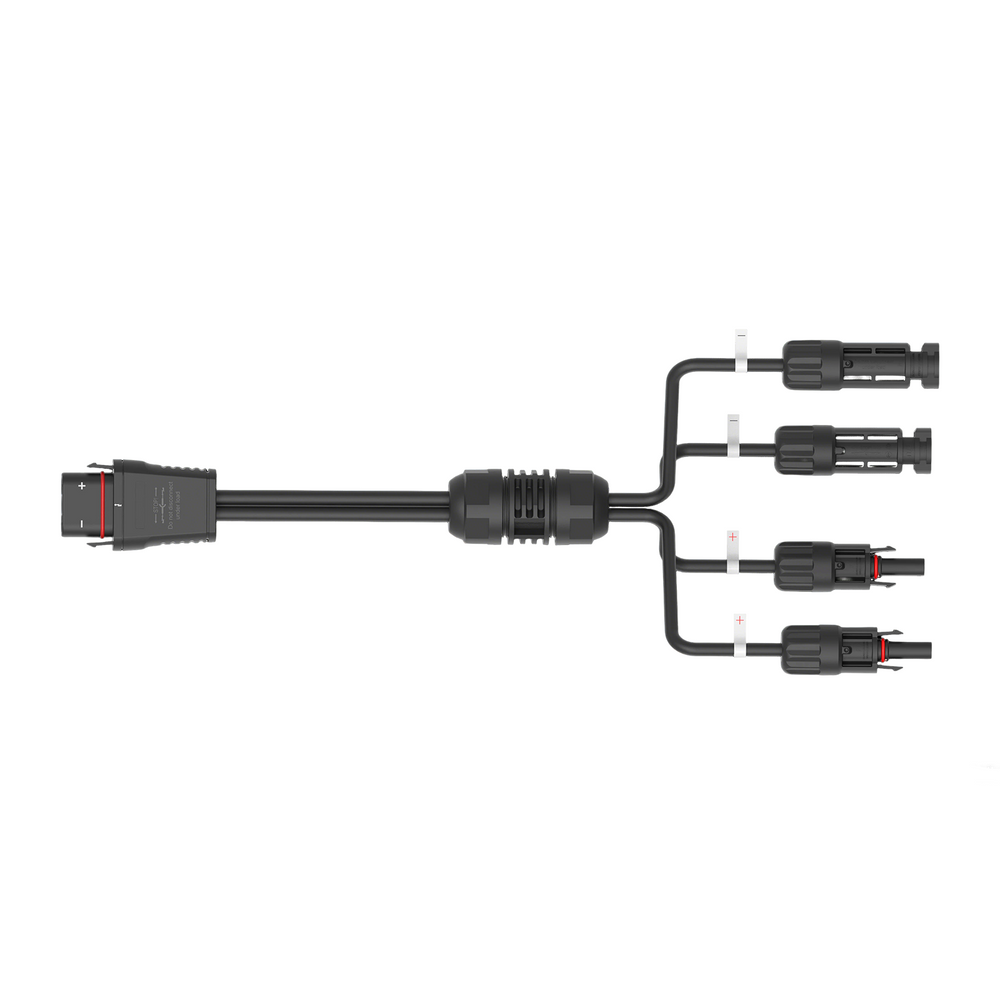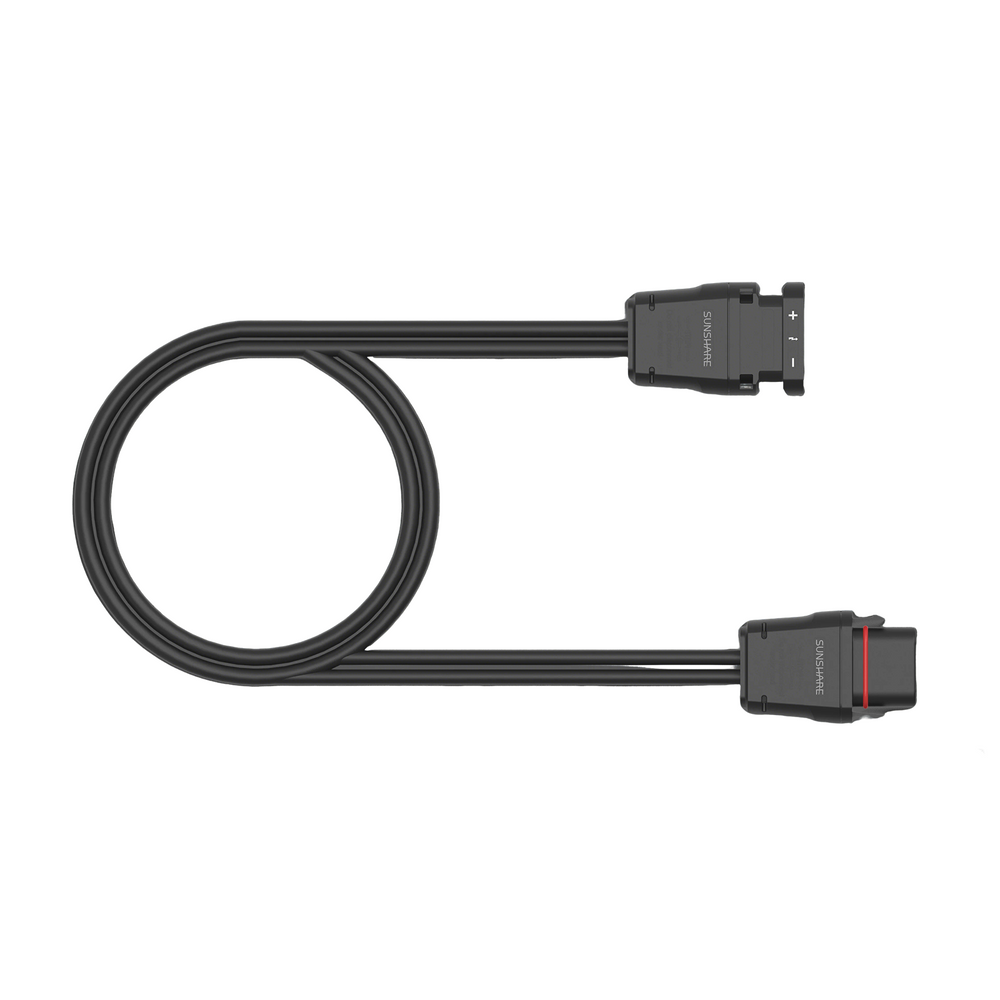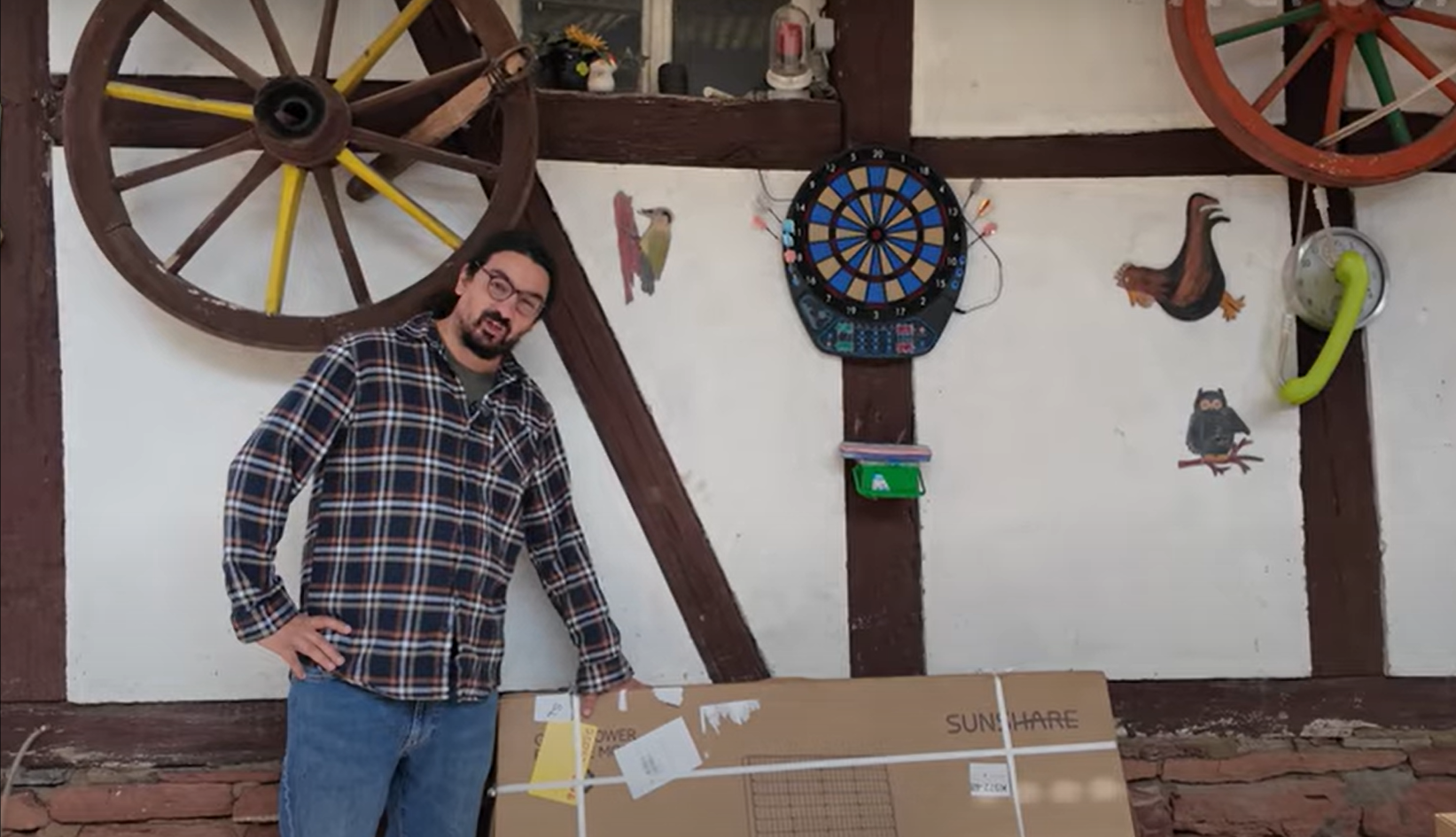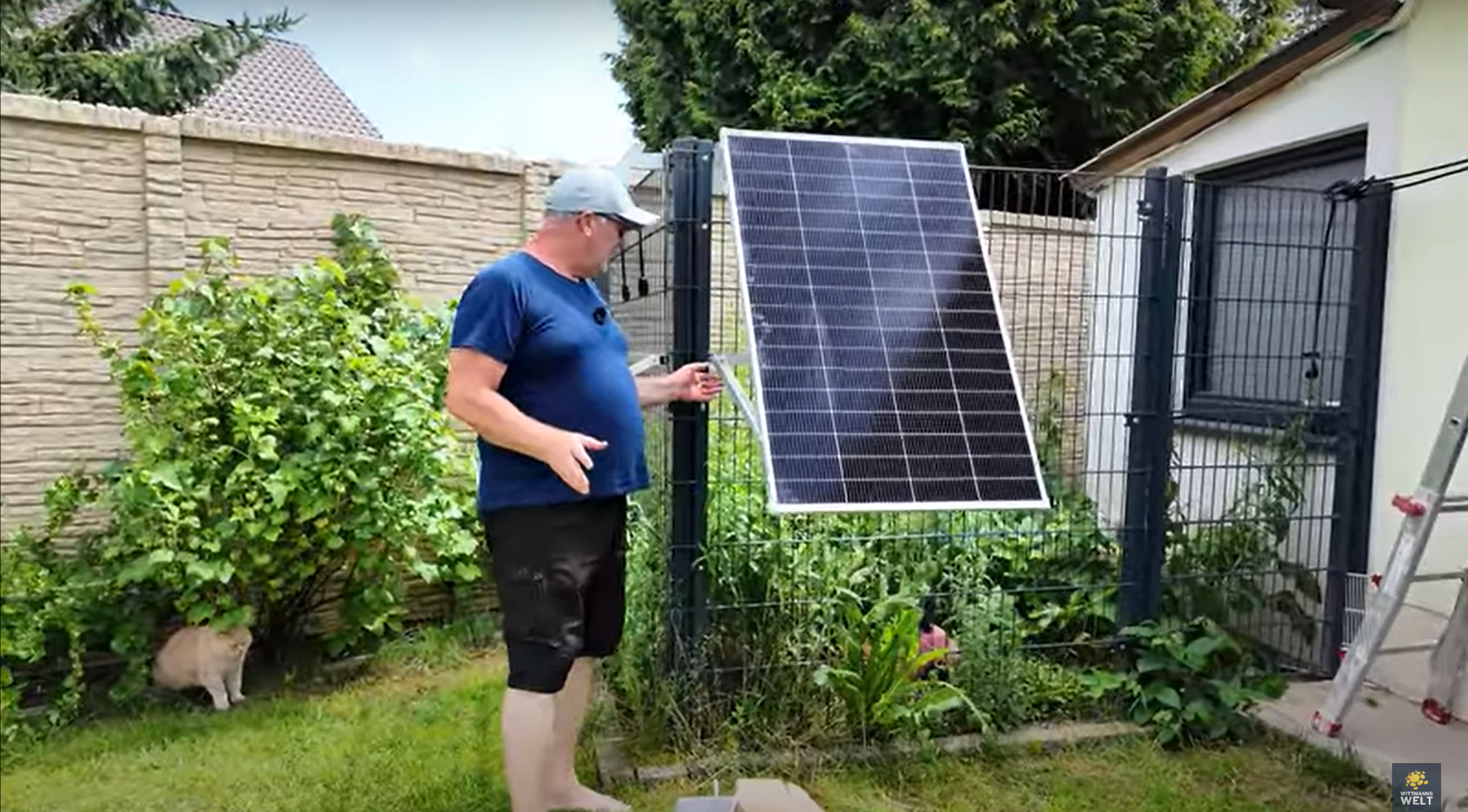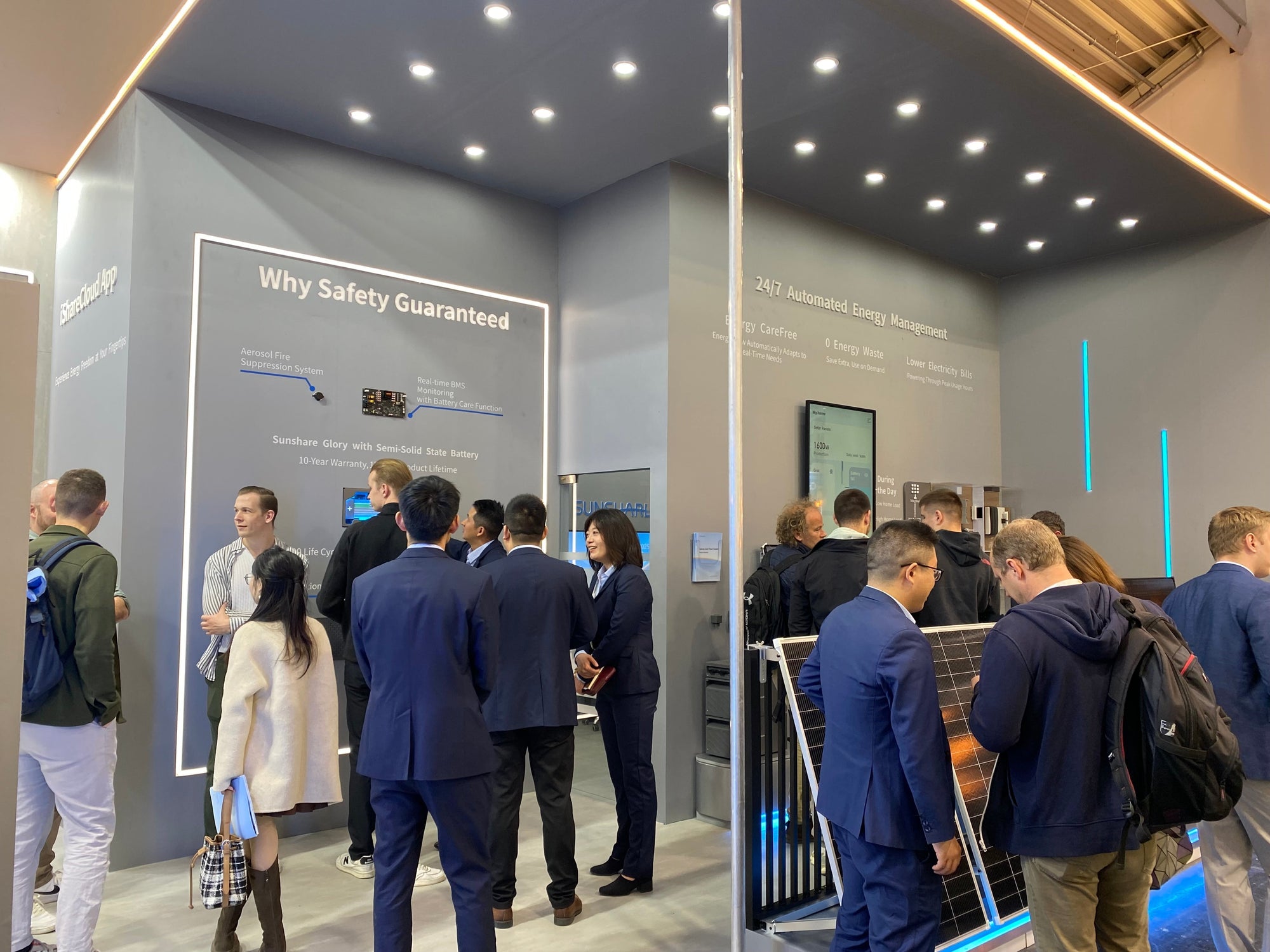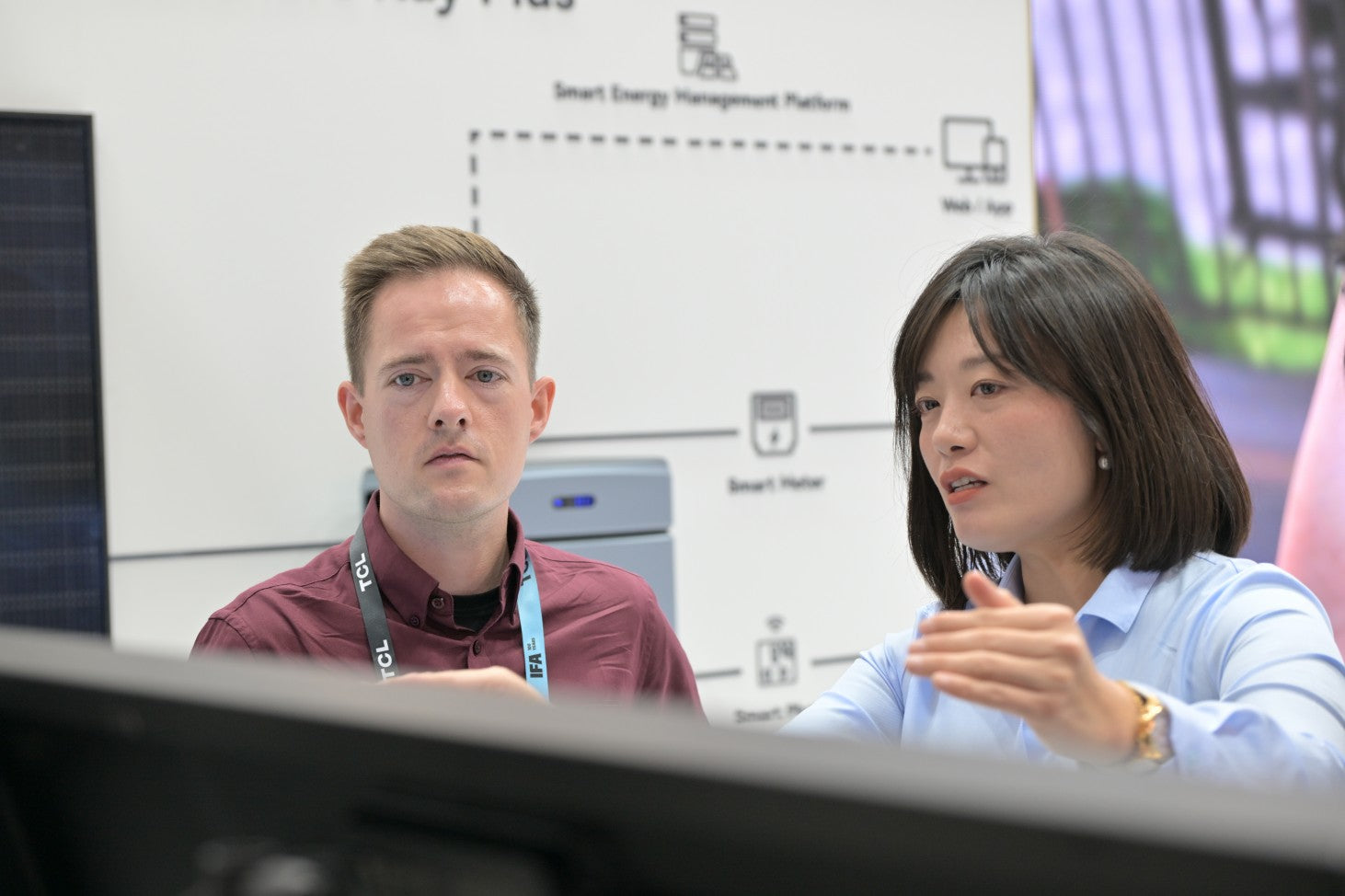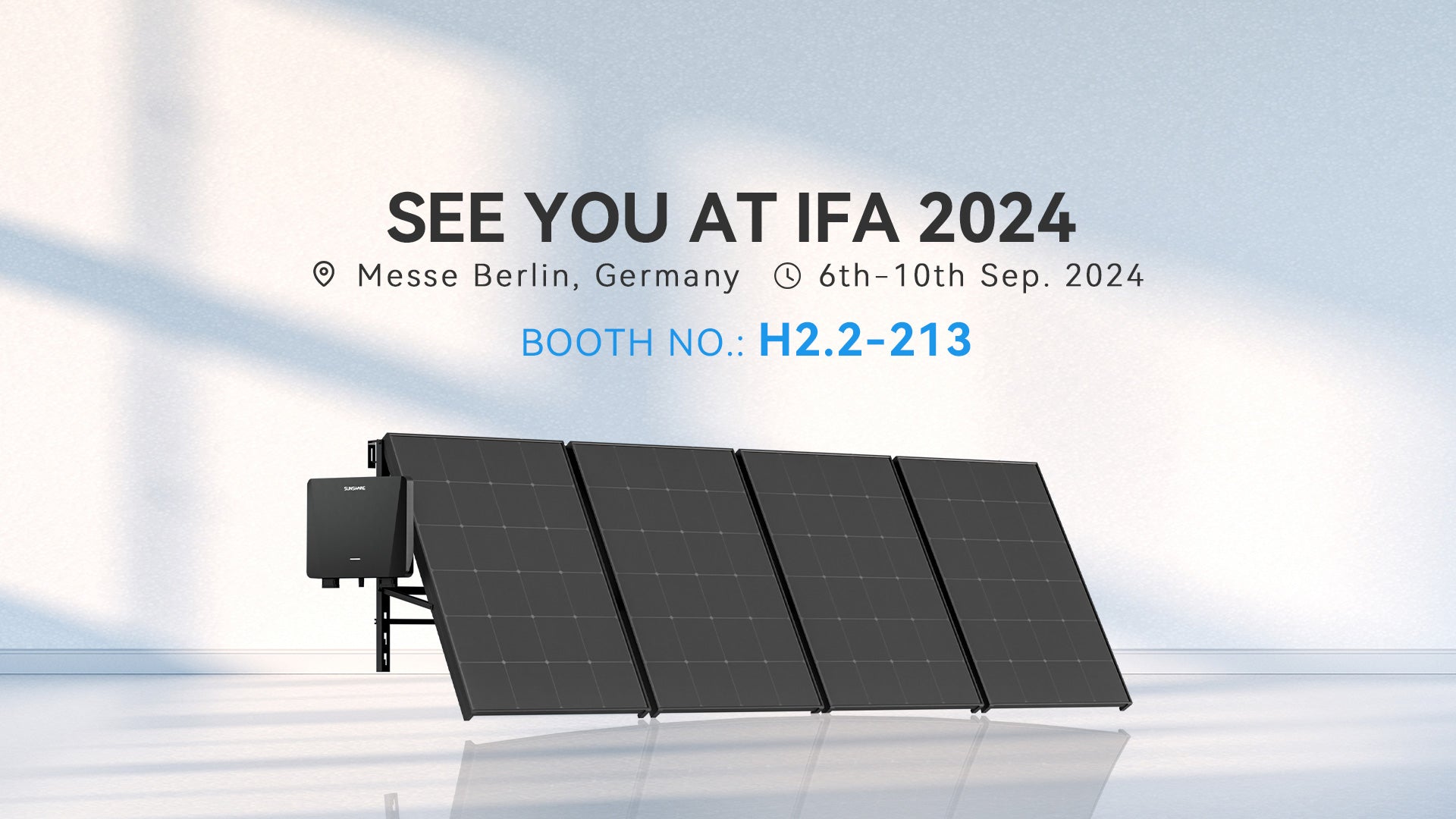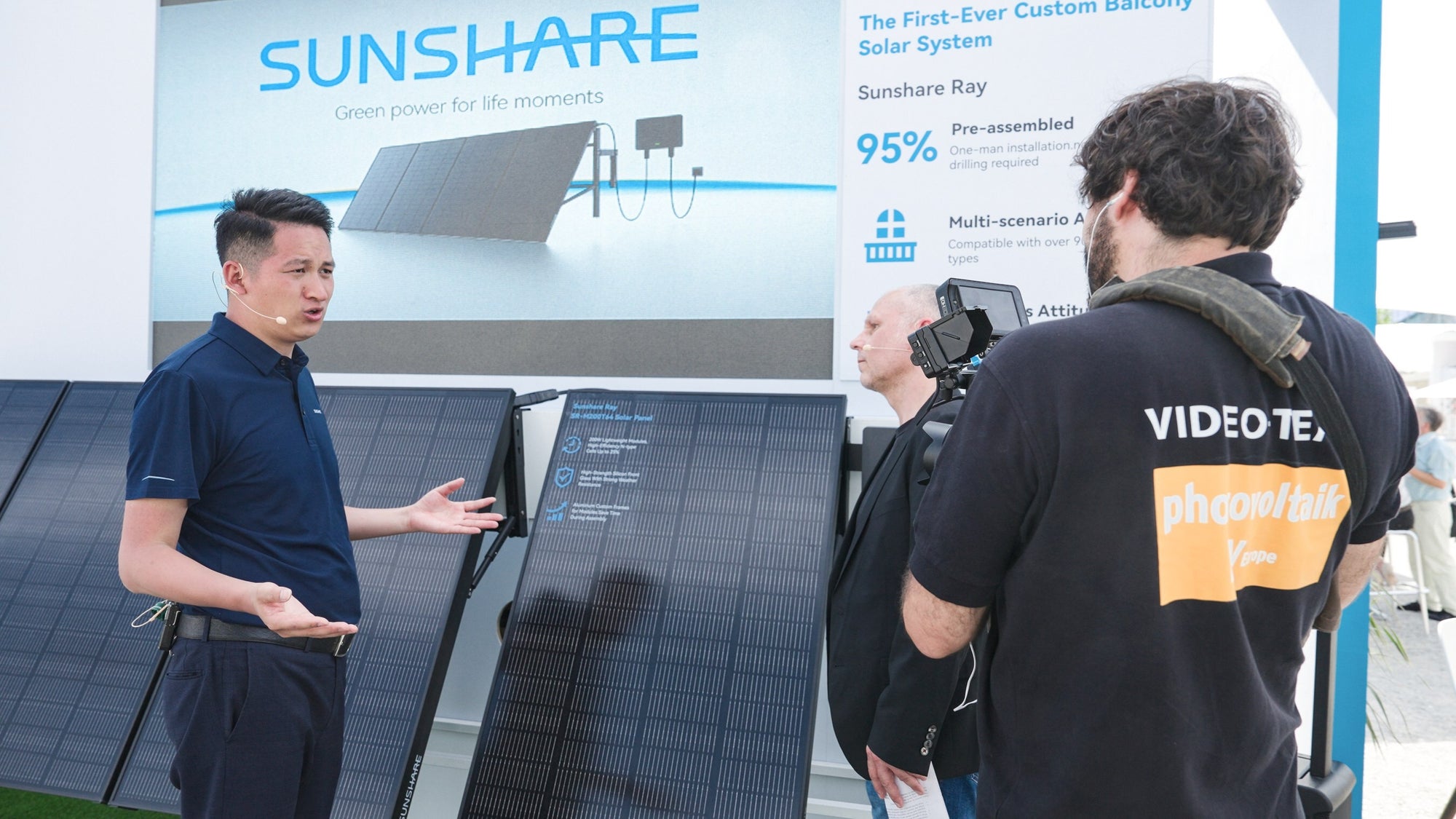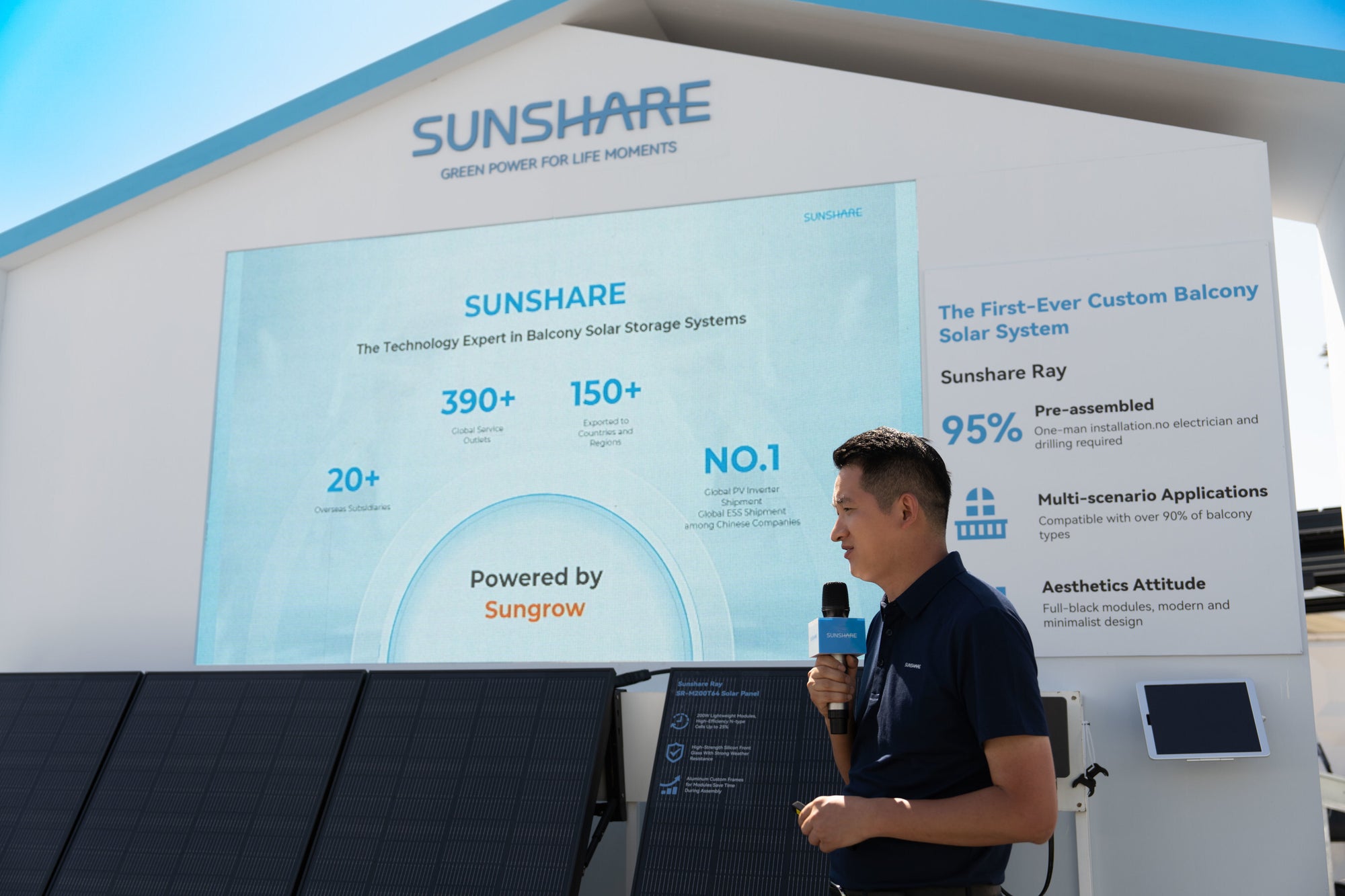Lars’s Real-World Test: Sunshare Ray Balcony Solar Panel System in 10 Minutes

German tech YouTuber Lars recently put the Sunshare Ray balcony solar panel system to the test in an independent hands-on video. He examines whether this solar panel system truly lives up to Sunshare's claim of a ten-minute installation—even for those without technical know-how. Below, we dive deep into his findings and how the Sunshare Ray performs in everyday, real-world use.
Fast Unboxing & Setup: A True Plug-and-Play Solar Panel System

Delivered, Unpacked, Zero Fuss
Lars begins by acknowledging Sunshare's bold claim:
“Sunshare says the Balkonkraftwerk is within 30 minutes built by anyone. I’d like to verify that.”
Inside the box, he discovers four sleek solar panel modules (200 W each), a compact micro-inverter, flexible mounting legs, pluggable cables, and a safety harness for elevated setups. Everything comes neatly organized. Lars notes how each component has a labeled slot and clear instructions, reducing setup errors:
“The box is well designed. Nothing is throw in, and you know exactly what goes where.”
He takes care to separate unpacking from assembly, claiming that the physical setup seldom exceeds ten minutes once everything’s out. This speaks to the system’s real plug and play design—no drilling, no professional installers, not even a screwdriver needed if you’re comfortable with manual tightening.
Plug-and-Play Assembly
During the installation, Lars emphasizes the simplicity:
“The cables are polarity safe… no more dealing with MC4 connectors.”
You simply snap each solar panel into neighboring ones using pre-wired male/female connectors, then plug the entire string into the micro-inverter. The design mimics series wiring visually but operates in parallel, ensuring safety under 60 V:
“This means zero guesswork. If you can plug in a lamp, you can set this up.”
Within ~30 minutes, Lars installs four modules, mounts them along a balcony railing, and secures the inverter. He stresses two key success factors: a clean workspace and keeping manual torque light until hand-tight, then a minor final twist. The system is now ready to produce solar power.
Technical Insights Under the Hood of the Sunshare Ray
Safe Low-Voltage Design

Lars delves into the electrical specifics:
“Start MPPT voltage is 22 V… modules have 55 V open circuit and 48 V operating voltage—good even in low light.”
He explains that each module’s 48 V operating voltage helps the micro-inverter quickly capture solar energy during early morning or cloudy periods—vital for urban balconies with intermittent light. The use of parallel wiring keeps voltage levels safe, even if one panel is shaded or underperforming.
He connects a handheld voltmeter mid-test and confirms his readings align with specifications. This hands-on data reinforces that the Sunshare Ray delivers on both safety and efficiency:
“They hit spec even in hazy conditions—it’s a solid indicator of panel quality.”
Impressive Power Performance
Testing midday power, Lars captures remarkable peaks of 227 W per module—over the rated 200 W. He aggregates the four-module string and notes even 880 W peak output:
“It exceeded expectations—no measurement error.”
His statement suggests Sunshare Ray may outperform its nameplate in optimal conditions. Lars also emphasizes the importance of parallel wiring, which limits the impact of one gray panel on the entire string. This robust power performance is a strong selling point for urban users seeking tangible solar power savings.
Strengths & Limitations: Solar Panel, Micro Inverter, and App Insights

Setup Highlights
Lars reiterates the system’s easy assembly:
“Thirty minutes or less to install. It’s household friendly, idiot safe.”
He highlights that even a single person can mount and align panels with basic hand tools. The brackets are strong, yet light—holding panels securely while remaining manageable at ~7.5 kg each. He also tested east-west deployment for morning/evening generation, praising the parallel configuration’s flexibility:
“You can optimize your energy curve to when you're actually at home.”
This adaptability expands the system's appeal beyond ideal south-facing balconies.
App Experience: Opportunity for Improvement

The iShareCloud monitoring features are functional but not perfect. Lars critiques:
“The app needs major improvements… no real time data, only 20 minute updates.”
Users see updates in 15–30 minute intervals, and live tracking is absent. Lars warns this may frustrate those tracking instant production:
“It’s great hardware, but the interface feels unfinished.”
He recommends pairing the system with a smart plug (Shelly or Tapo) to monitor real-time data until the iShareCloud app improves. Lars remains hopeful that future updates will enhance transparency, adding audio alarms for anomalies or efficiency tips.
Everyday Use & Long-Term Outlook for Solar Power Users
Real-Life Deployment
Without a balcony, Lars set up at a friend’s place and still needed no helpers. He appreciated the lightweight panels and modularity:
“Under 10 kg per unit, you can easily carry it up and hang it on any railing.”
He praises parallel wiring that supports east/west mounting, enabling balanced generation throughout the day. Different scenarios—such as shading or line-of-sight obstruction—still produced respectable output due to panel threshold voltages.
Ideal for Beginners and Budget-Conscious Users
Lars believes the Sunshare Ray is perfect for solar novices and budget-watchers:
“You don’t need to be a techie. Just a balcony, some sun, and a bit of elbow grease.”
He notes that the system is intentionally capped at 800 W to comply with safety regulations for household grids. While expansion is possible via Sunshare's integrated ecosystem, this curb ensures consistent performance without regulatory hurdles.

Final Verdict: Does the Sunshare Ray Pass the Test?
What Lars Loved
- Fast assembly—well under 30 minutes from unboxing to operation
- High-performing panels—actual output exceeding specs
- Safe <60 V design, ideal for urban dwellers
- Easy, lightweight system requiring no professional help
What Could Improve
- iShareCloud lacks real-time feedback and deep analytics
- Proprietary connectors may limit third-party expansion
- App usability lags behind hardware quality
Still, Lars concludes:
“If the app improves, this system is a no-brainer for people seeking affordable yet capable solar power.”
Why the Sunshare Ray Balcony Solar Panel System Is a Game-Changer
For renters, urbanites, and first-time solar adopters, the Sunshare Ray offers:
- Quick deployment—no drilling, no permits, no electrician
- Safe voltage and parallel wiring for reliable performance
- Over-spec power output based on real use
- Portable and relocatable—ideal for transitional living
Combined with its sleek design, the system successfully blends lifestyle and renewable technology. Lars’s practical voice gives credibility to Sunshare's marketing claims, reinforcing that easy access to clean solar energy is within reach.
Who Should Consider This Balcony Solar Panel System?
- First-time solar users who want a simple, effective setup
- Apartment dwellers/renters needing a non-invasive solution
- Budget-conscious buyers seeking savings without complexity
- Eco-conscious city residents who want real impact at home
The Sunshare Ray offers a low-cost, low-effort route to harnessing rooftop-level solar power on the balcony. If you're inspired by Lars’s experience, this system is a great starting point—even while waiting for iShareCloud to fully catch up.
Start Your Solar Journey Today
With energy costs climbing and climate concerns growing, there's never been a better time to embrace solar power. The Sunshare Ray balcony solar panel system offers an easy, affordable entry into clean energy—no tools, no hassle, just plug and power. Inspired by Lars’s hands-on review? Watch the full video and see for yourself how simple it is to set up your own system. Your solar journey starts in just 30 minutes—with Sunshare.

